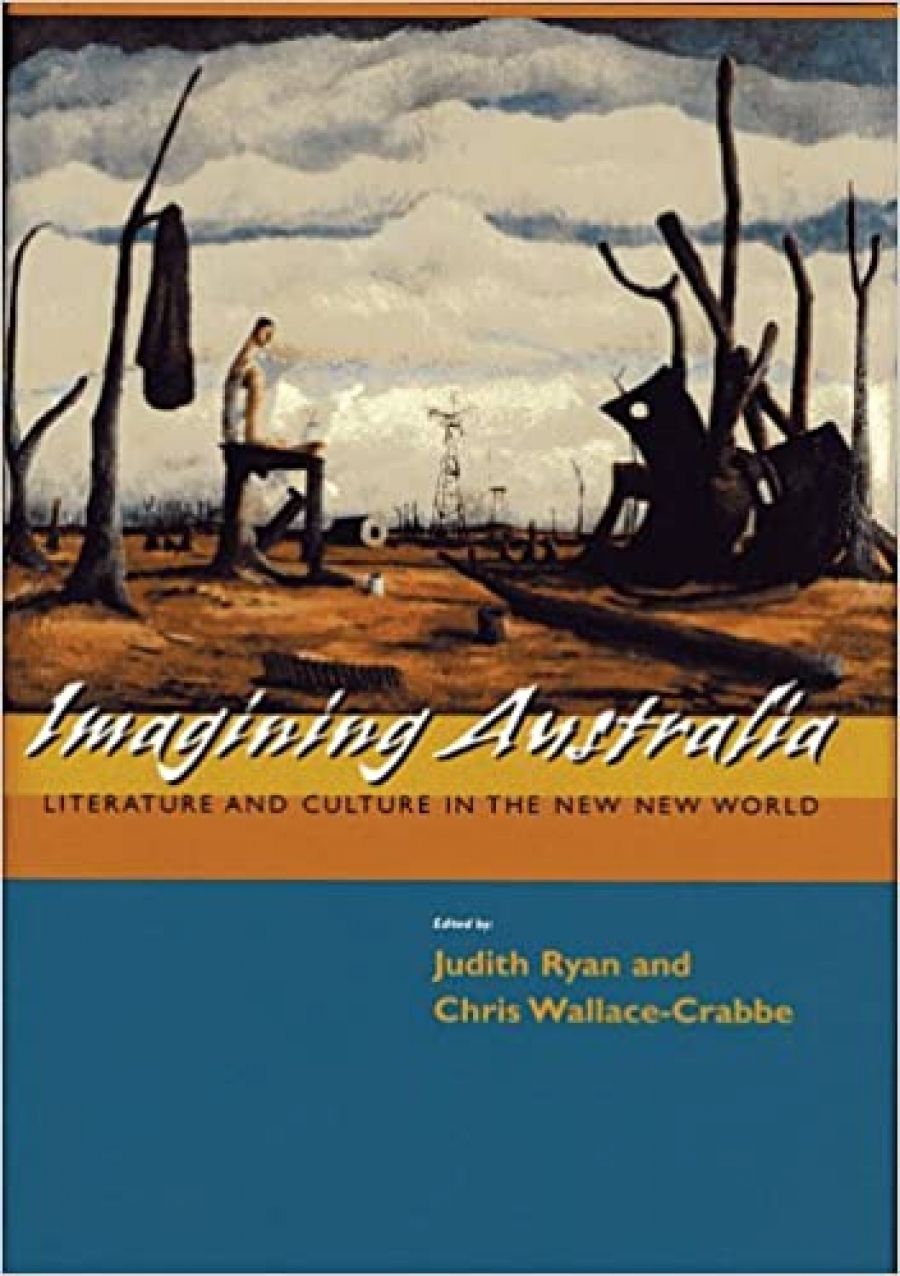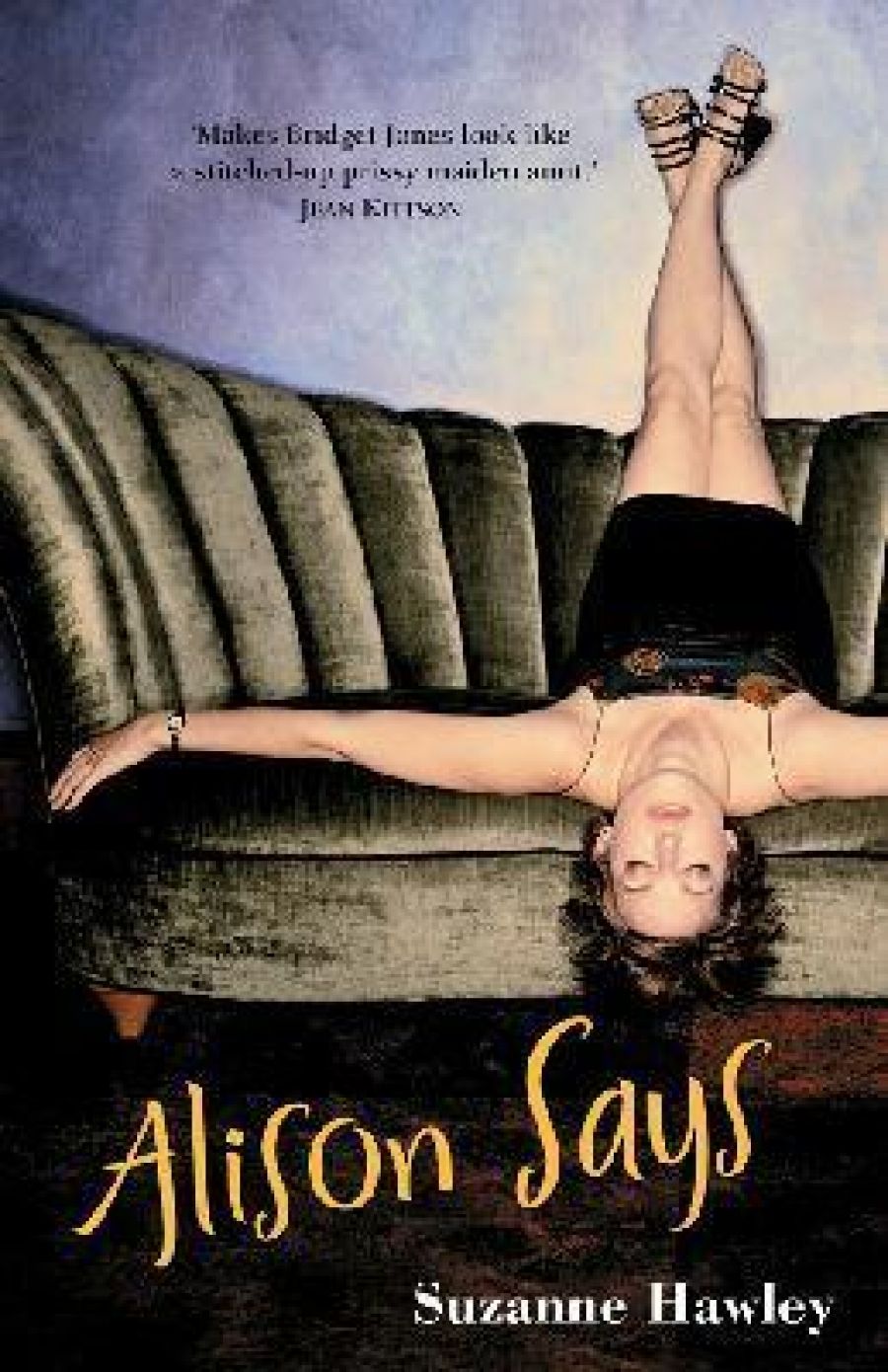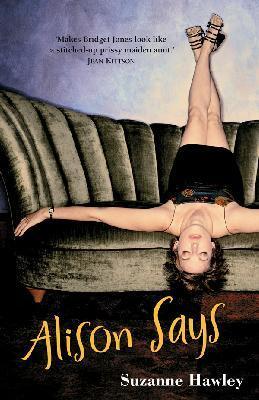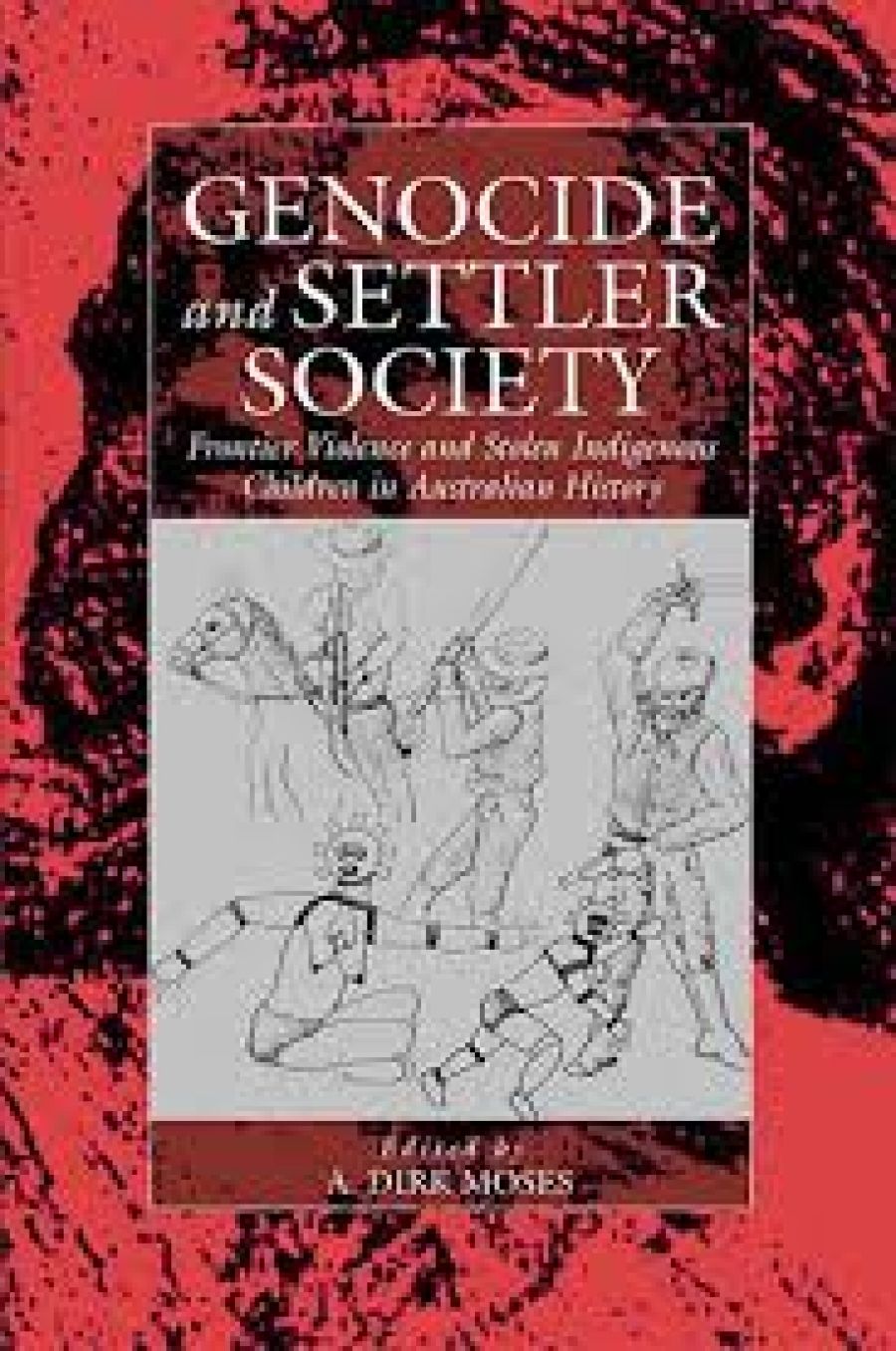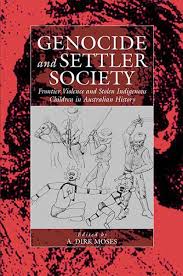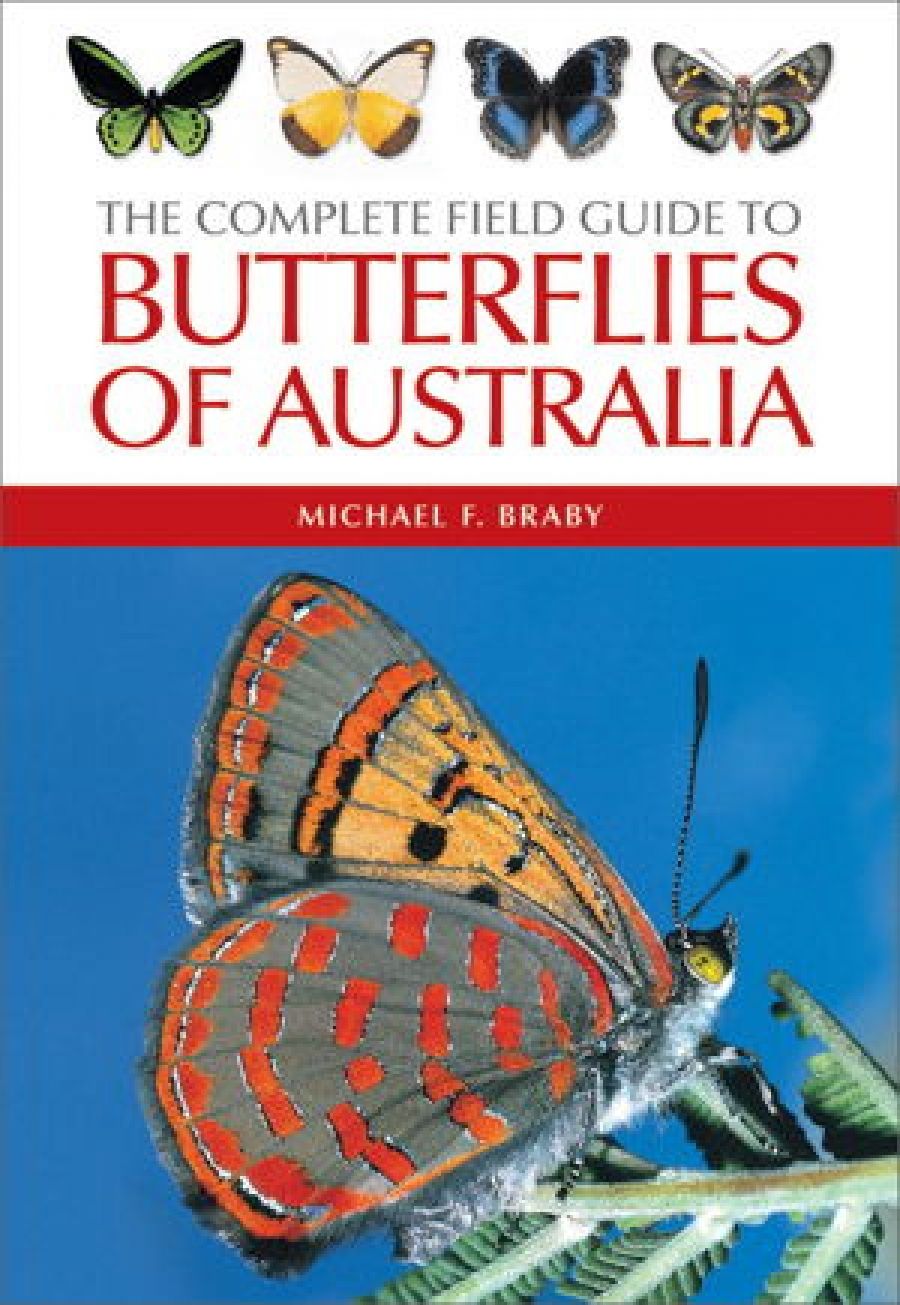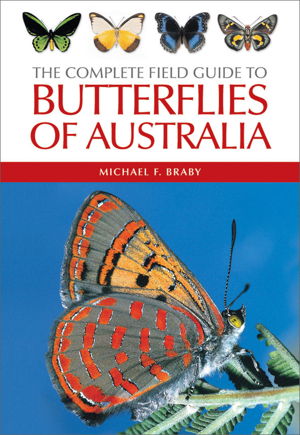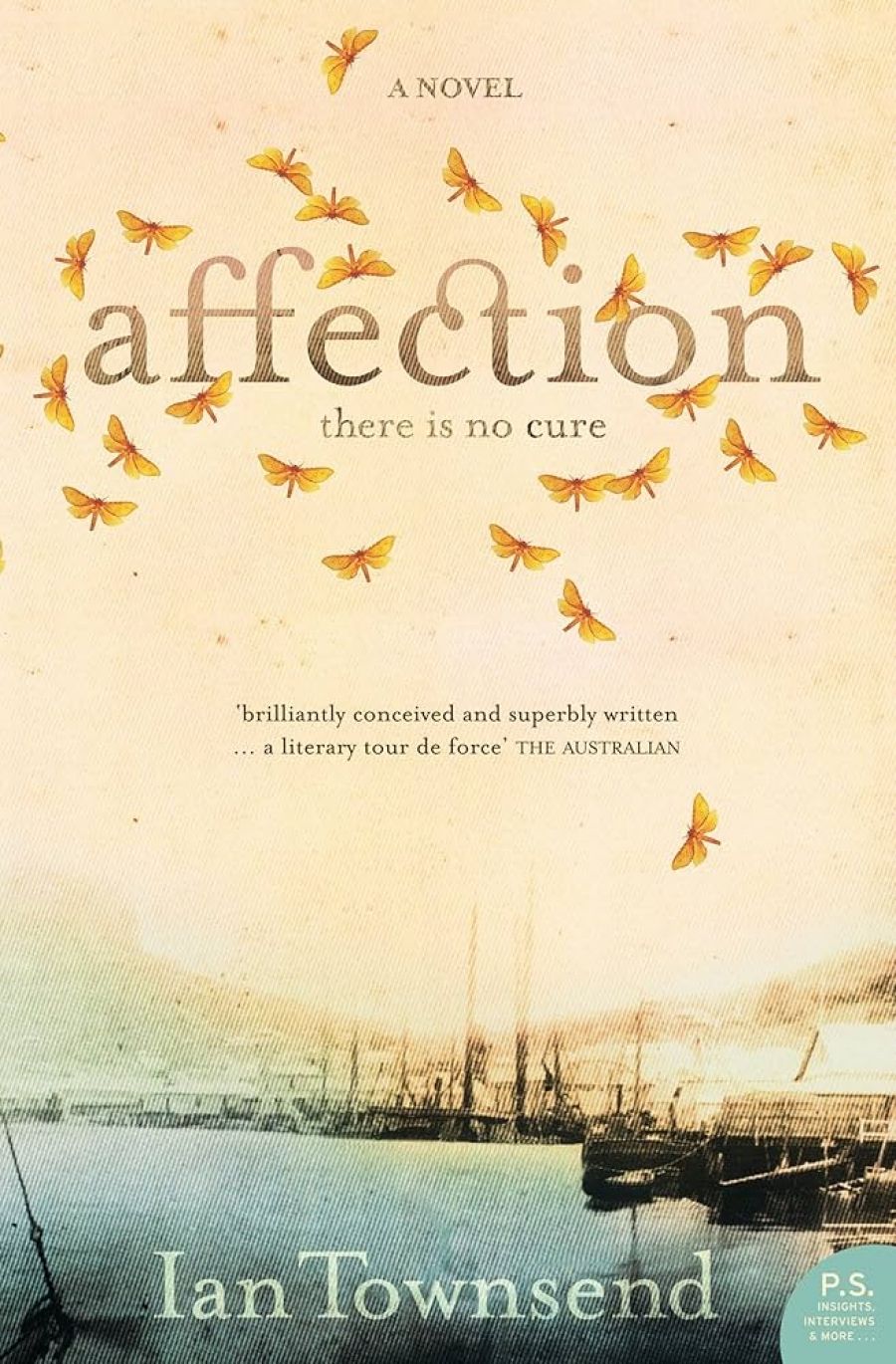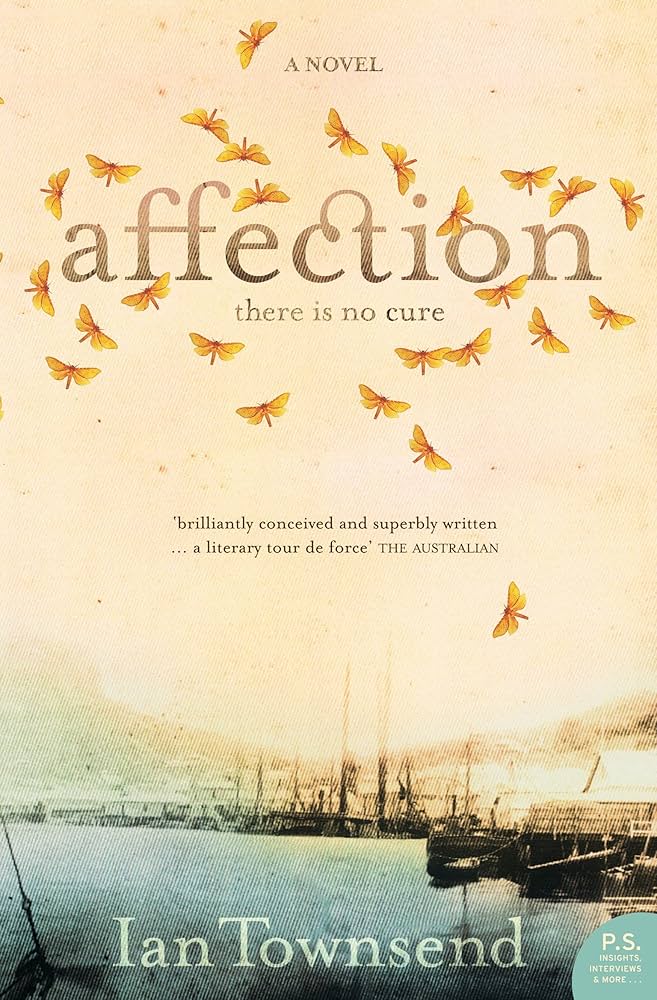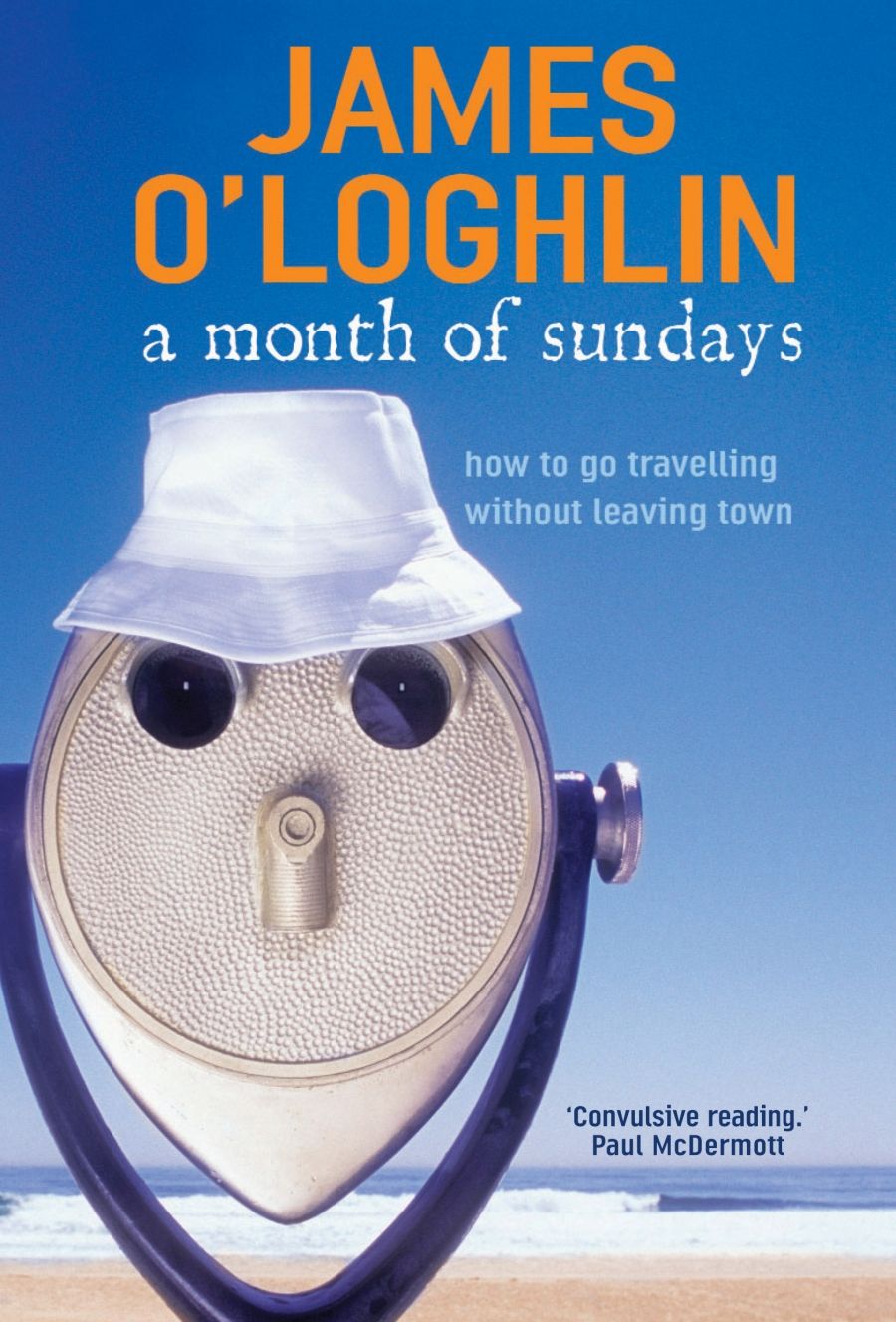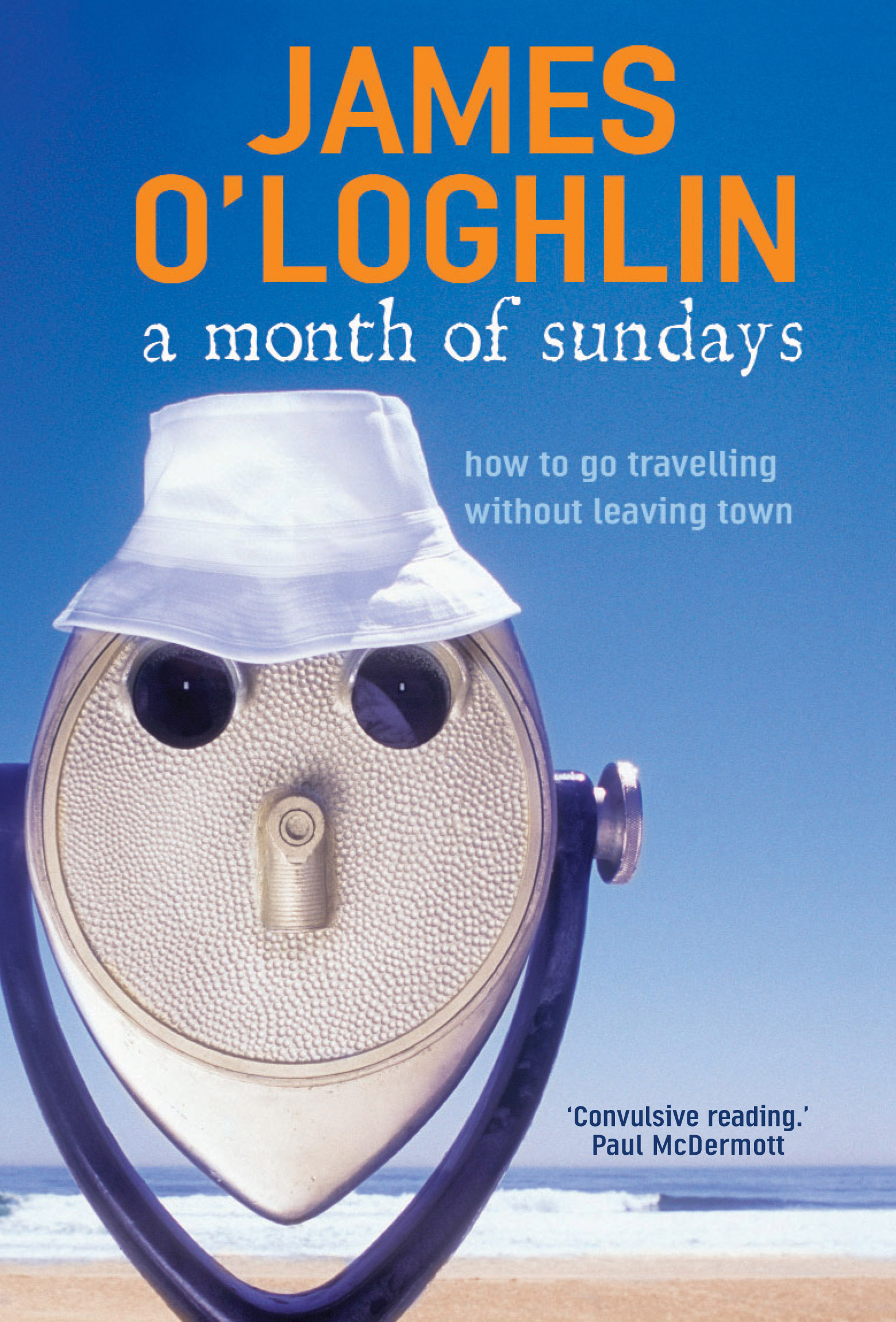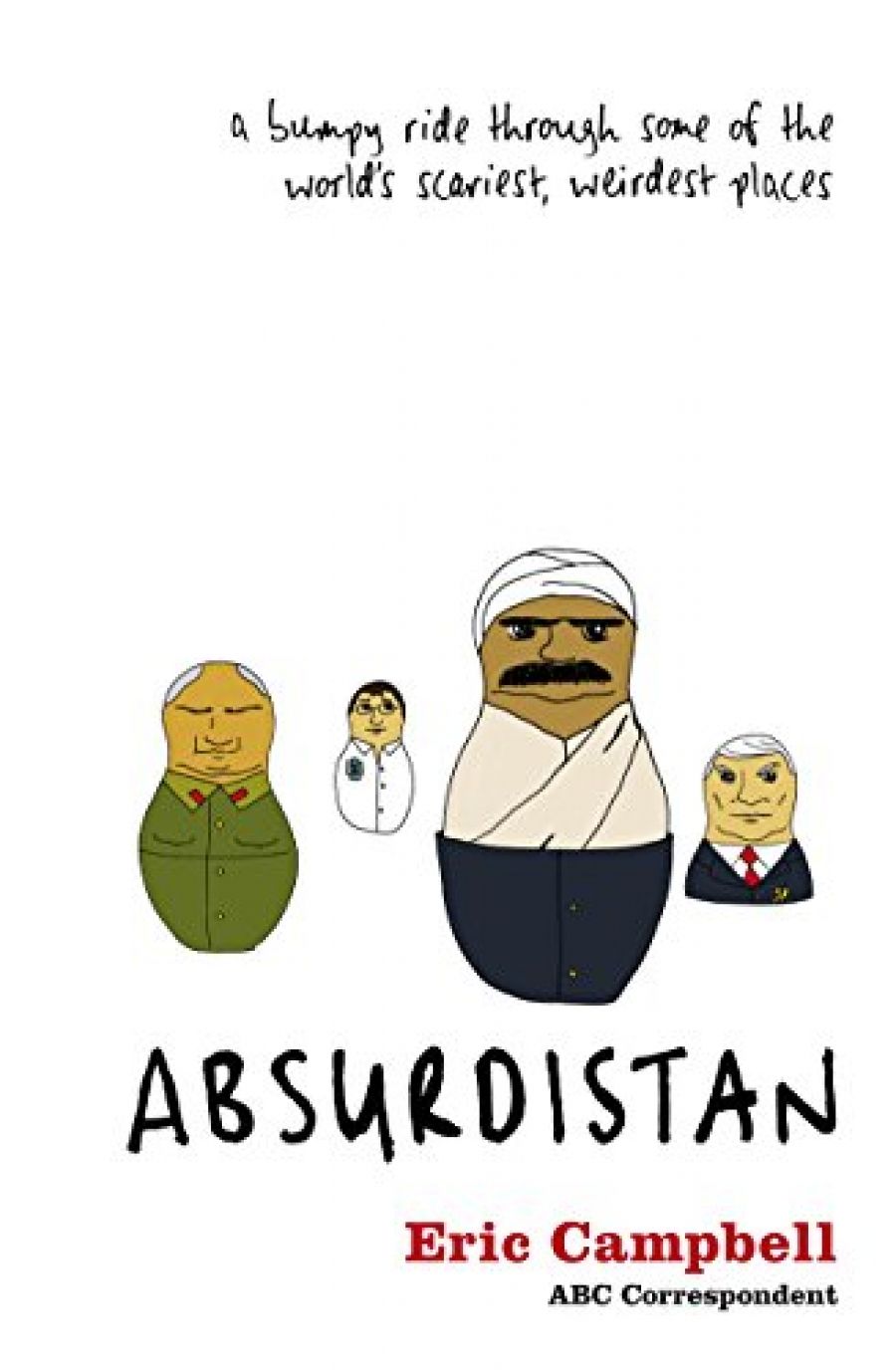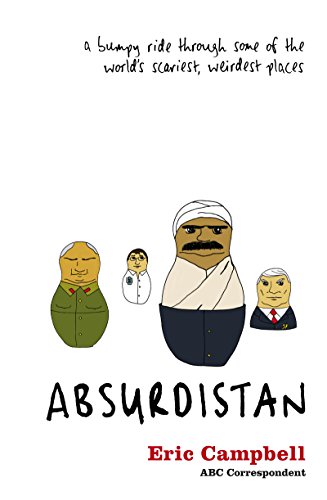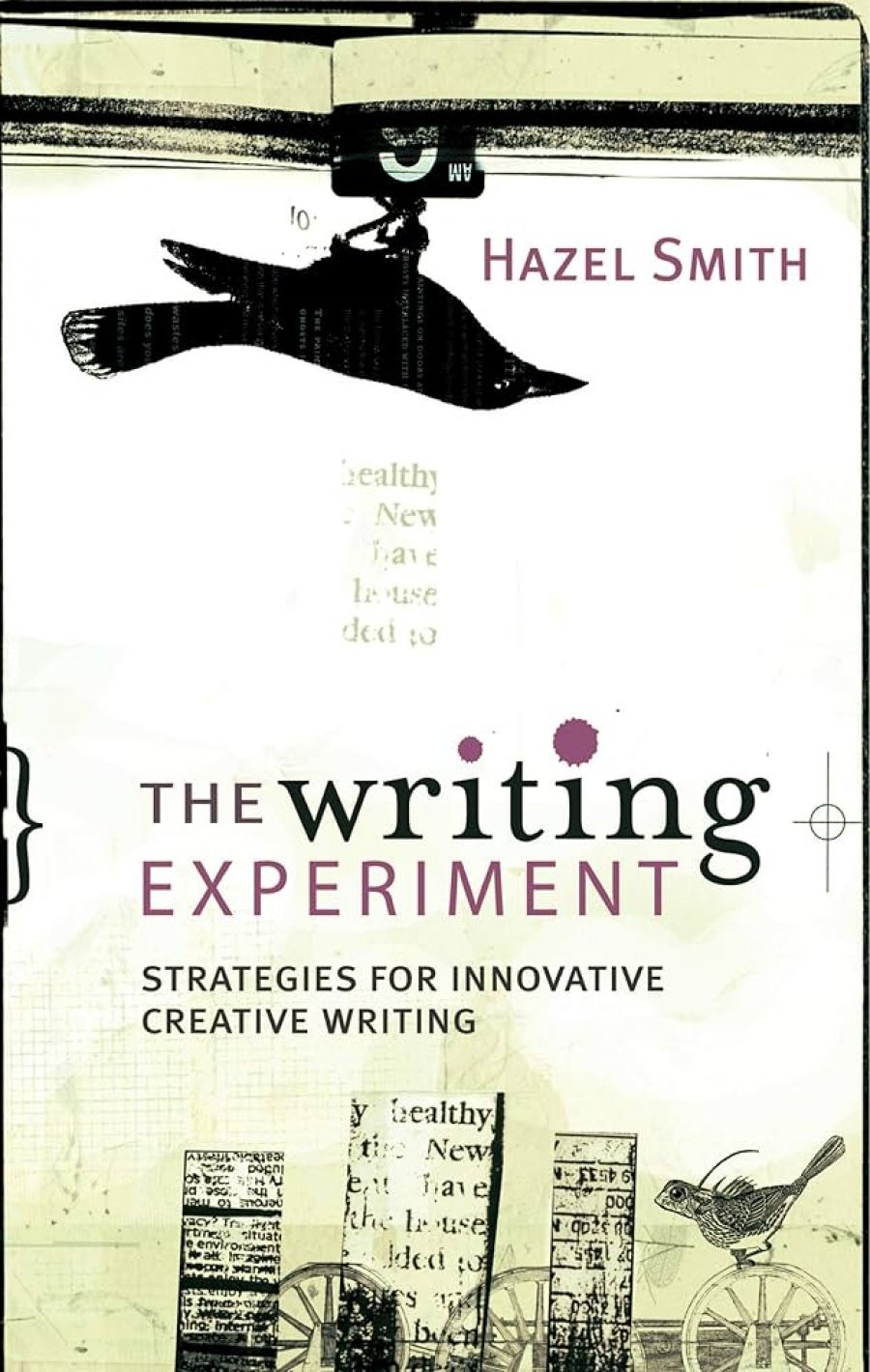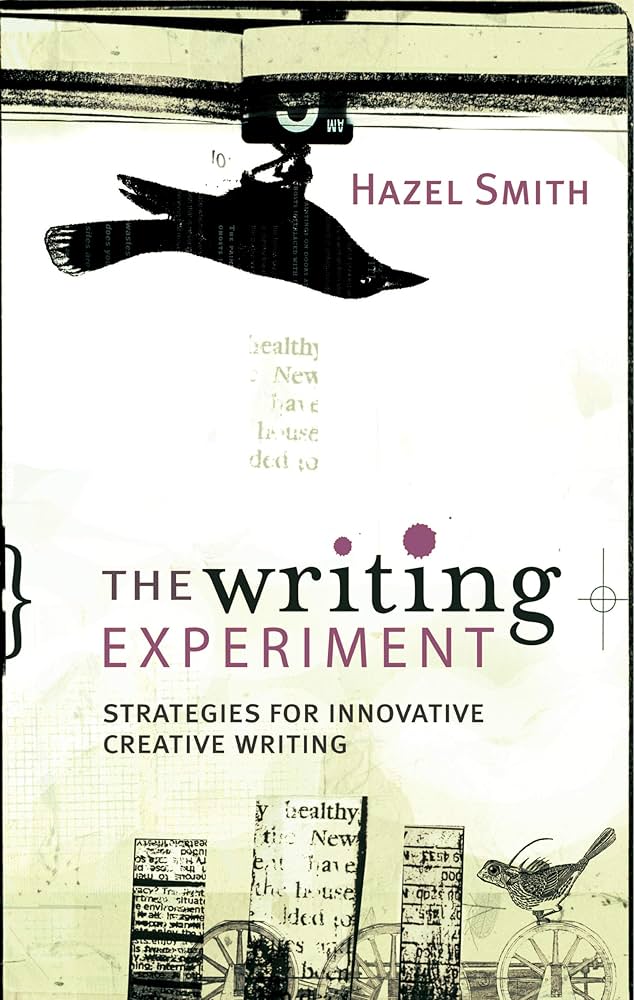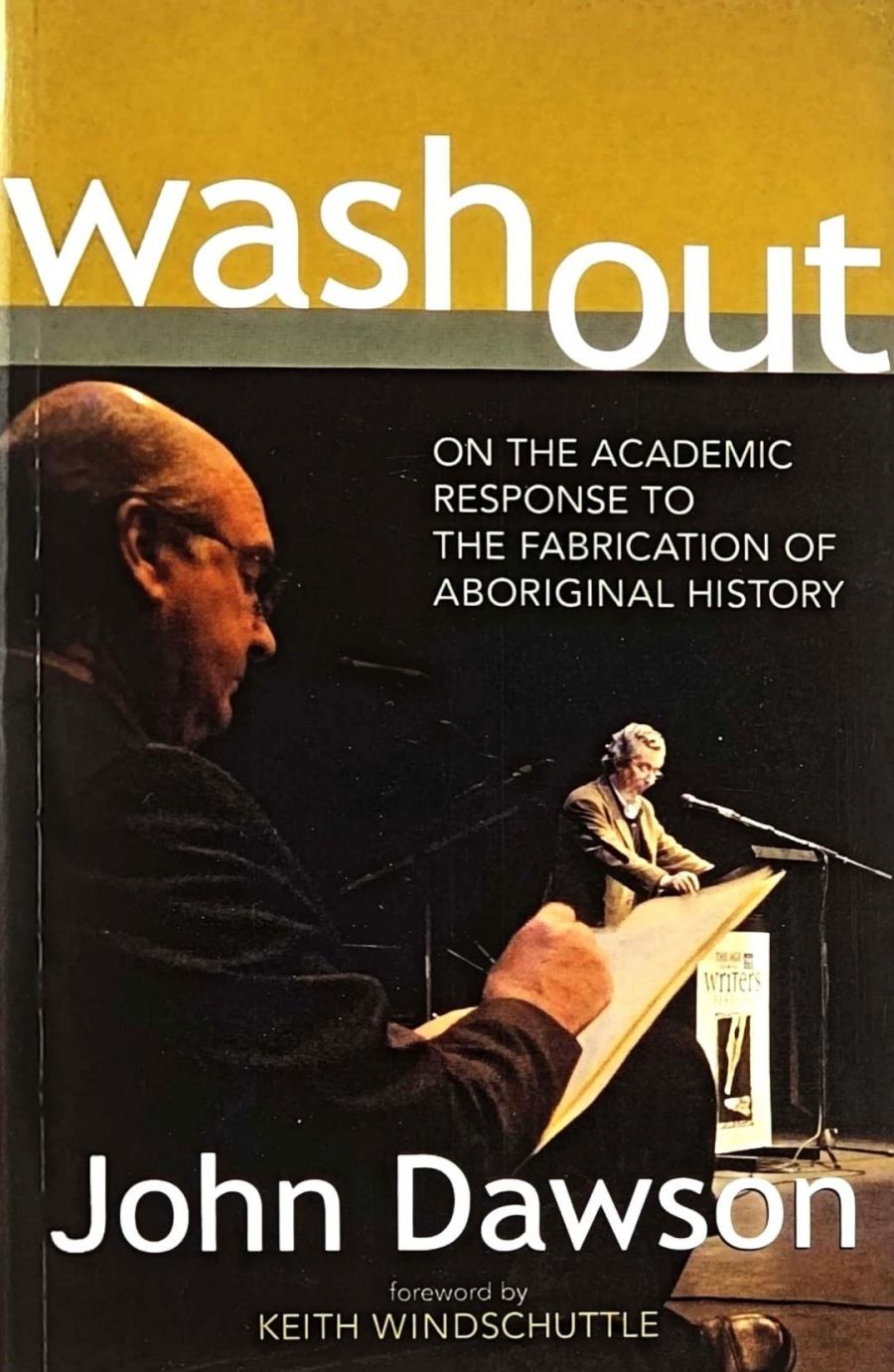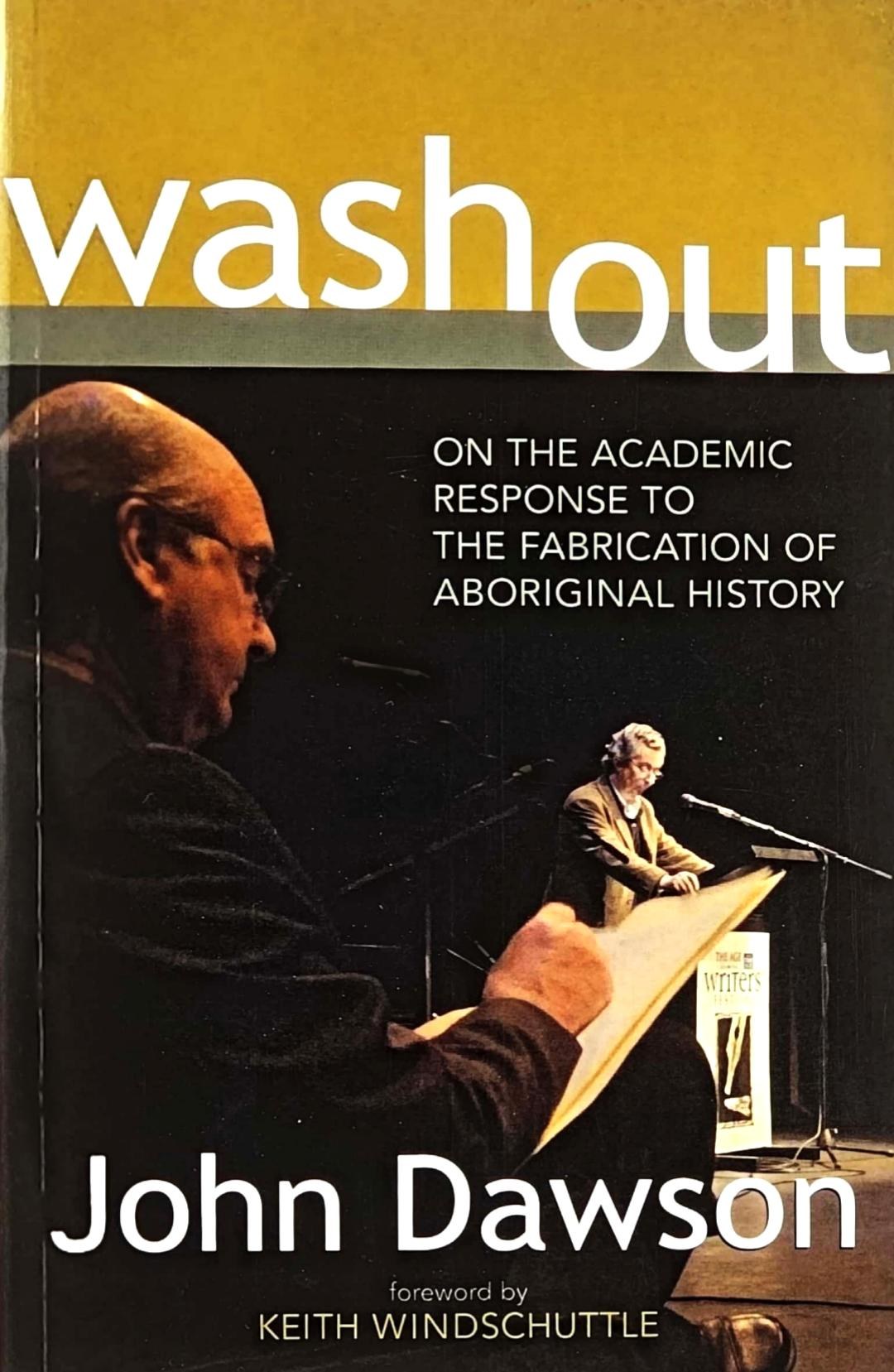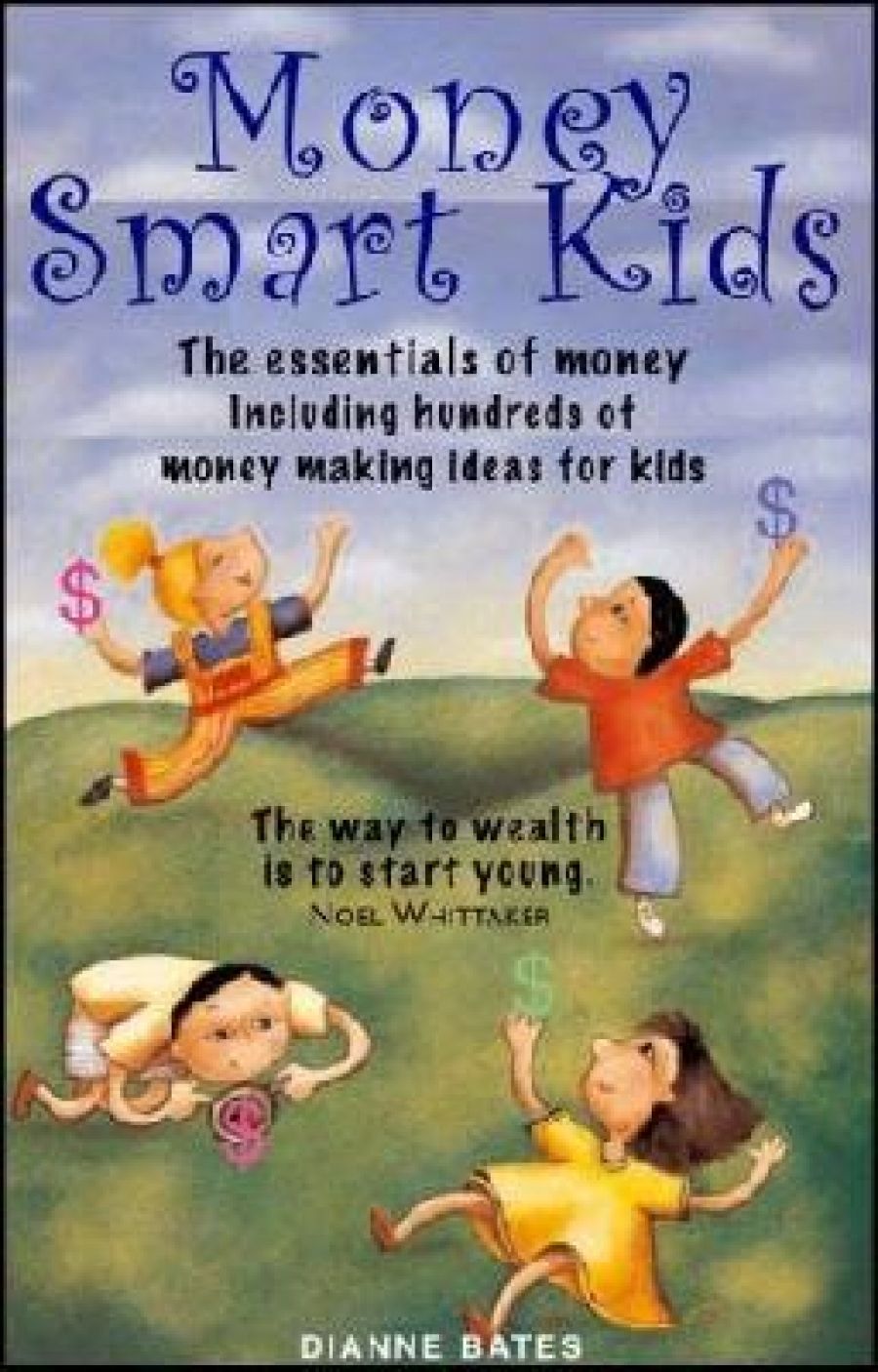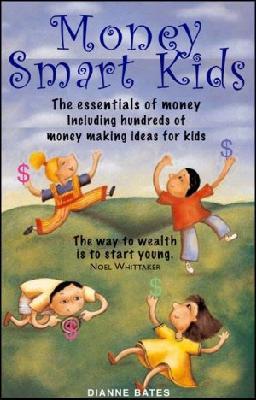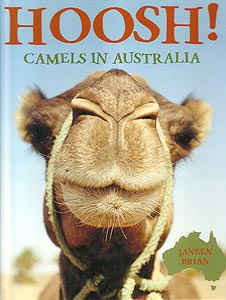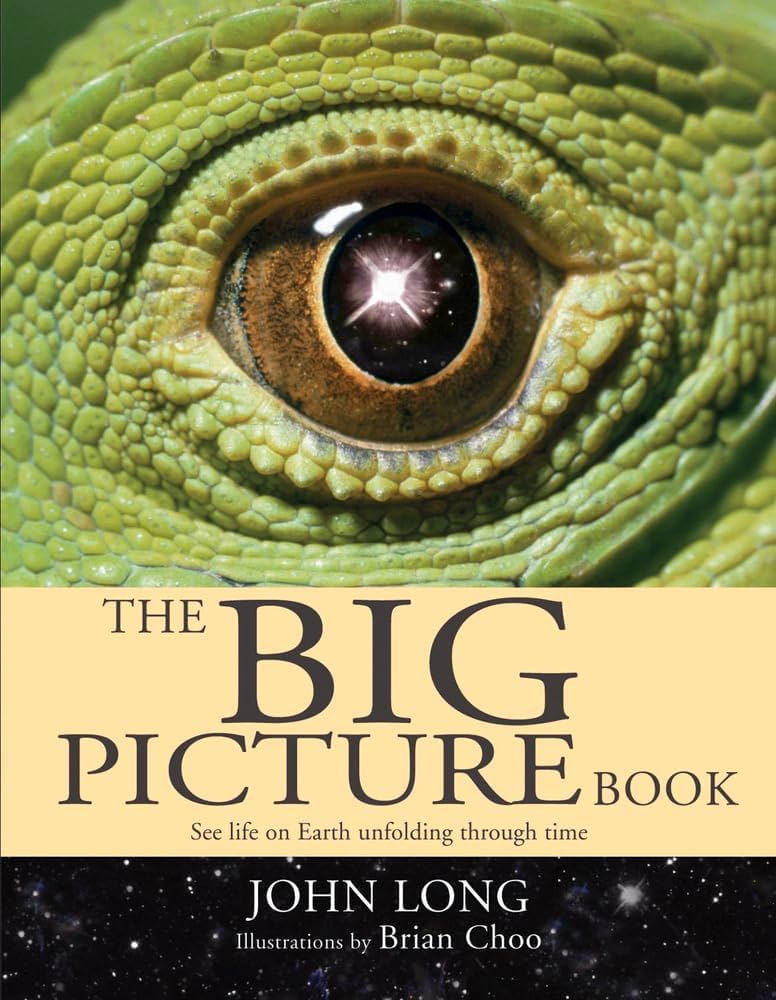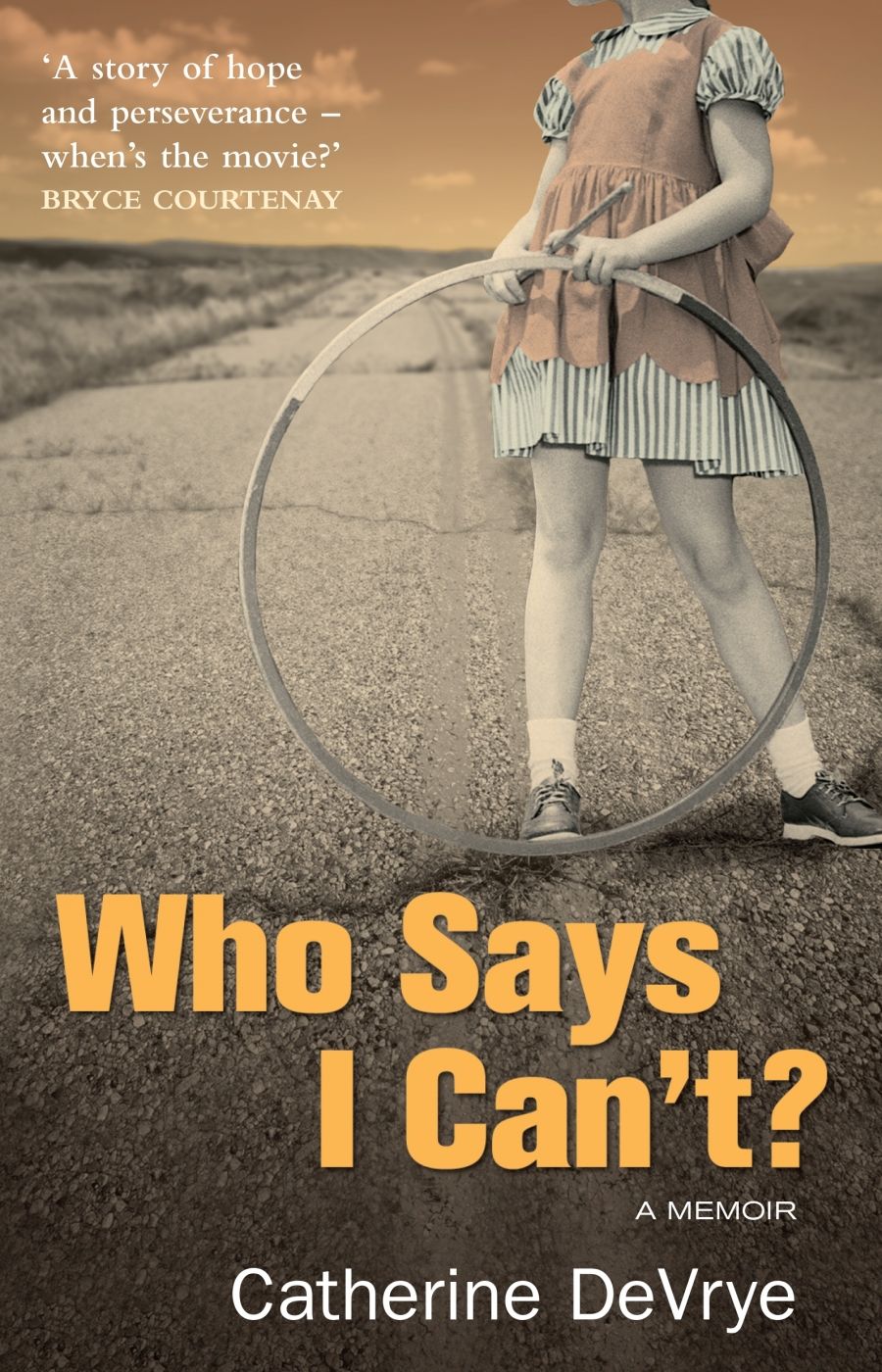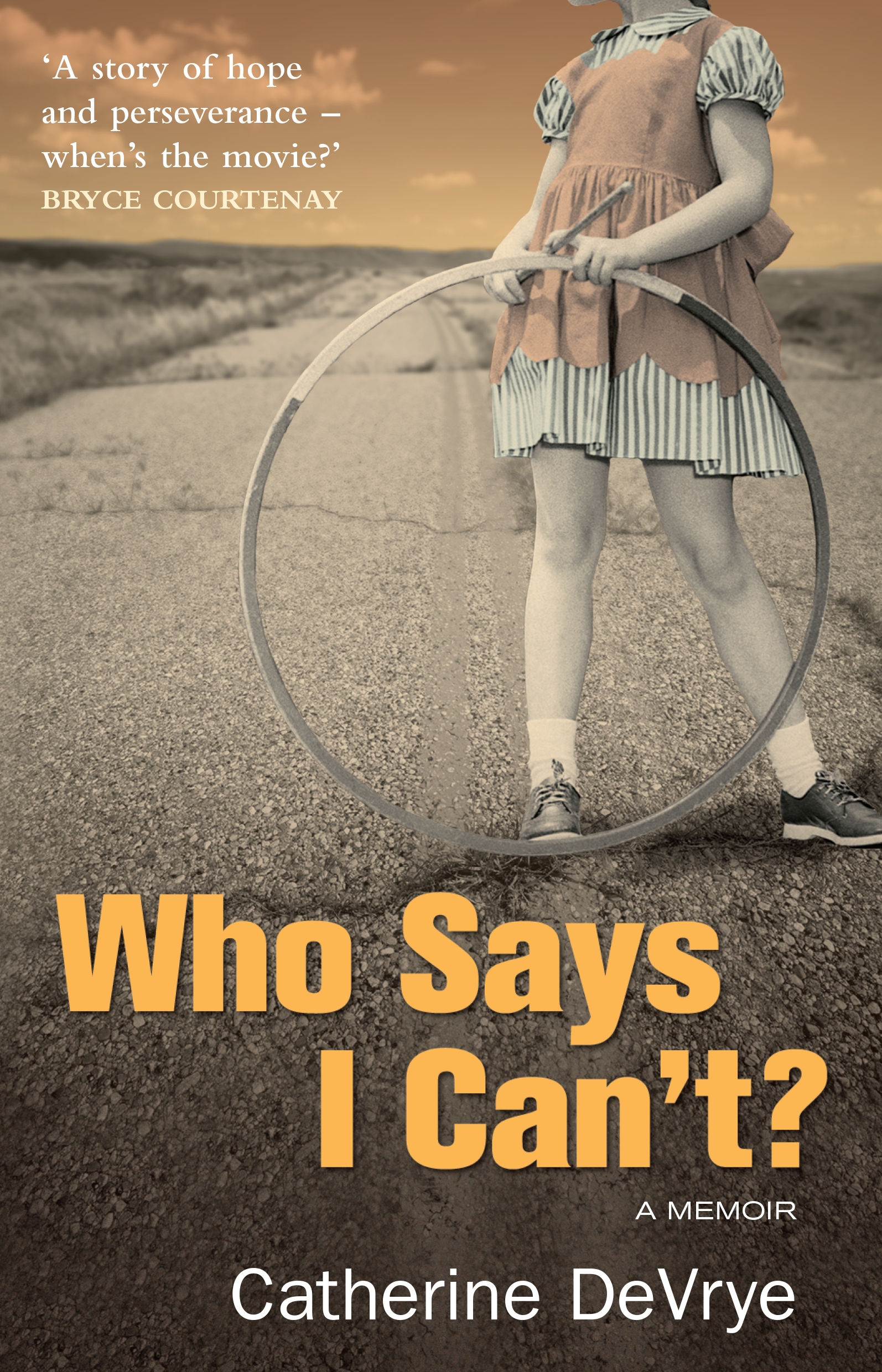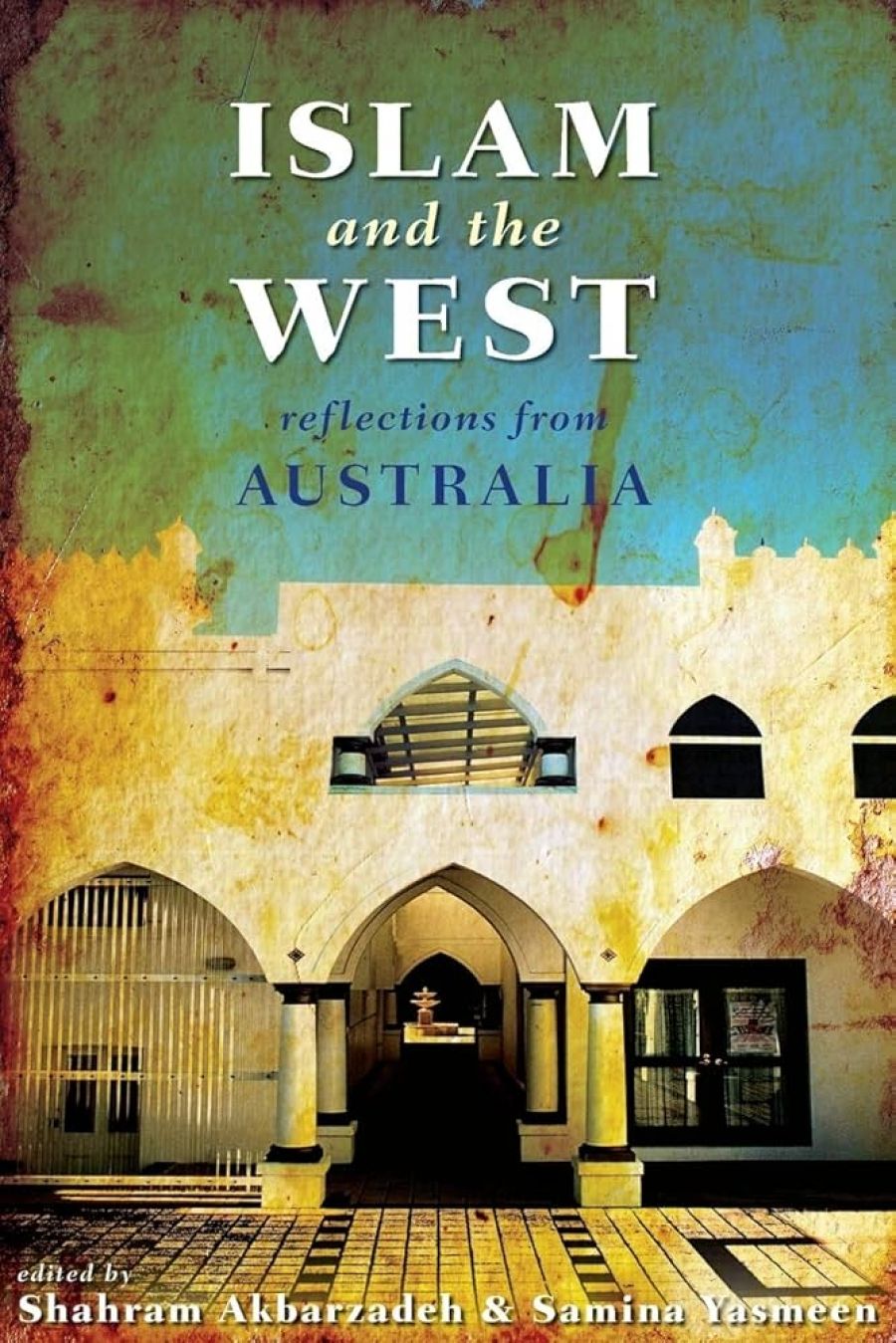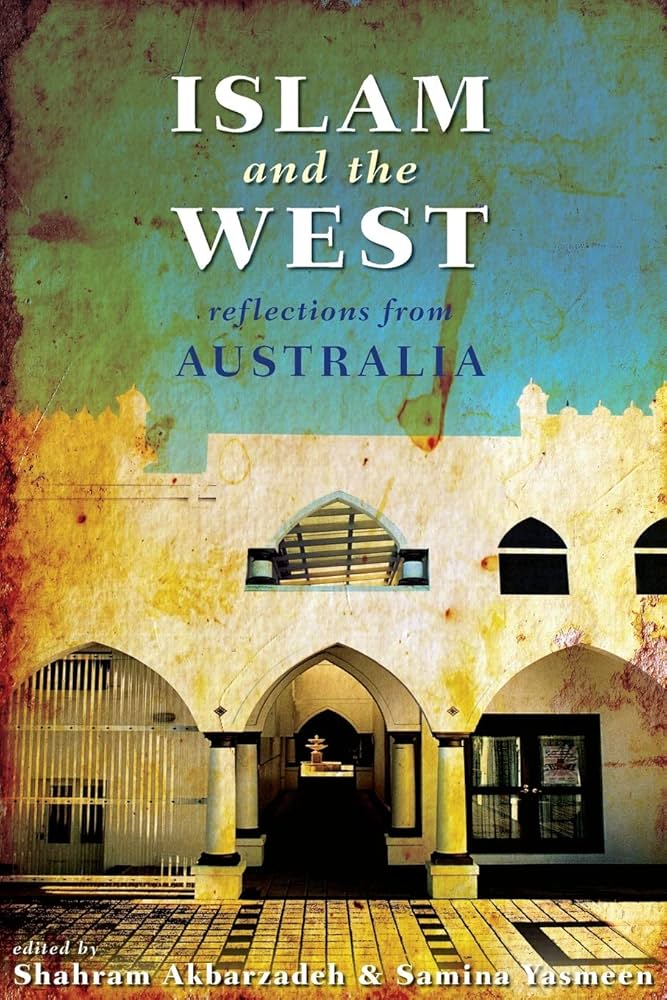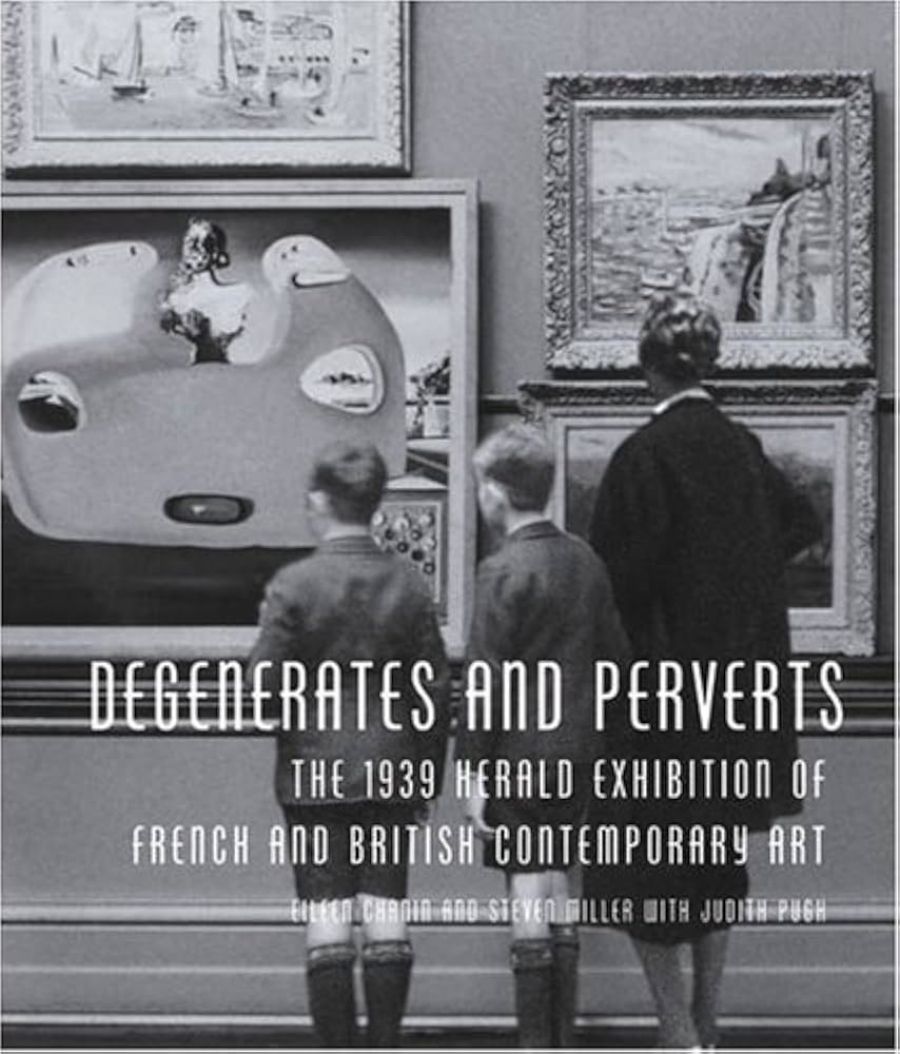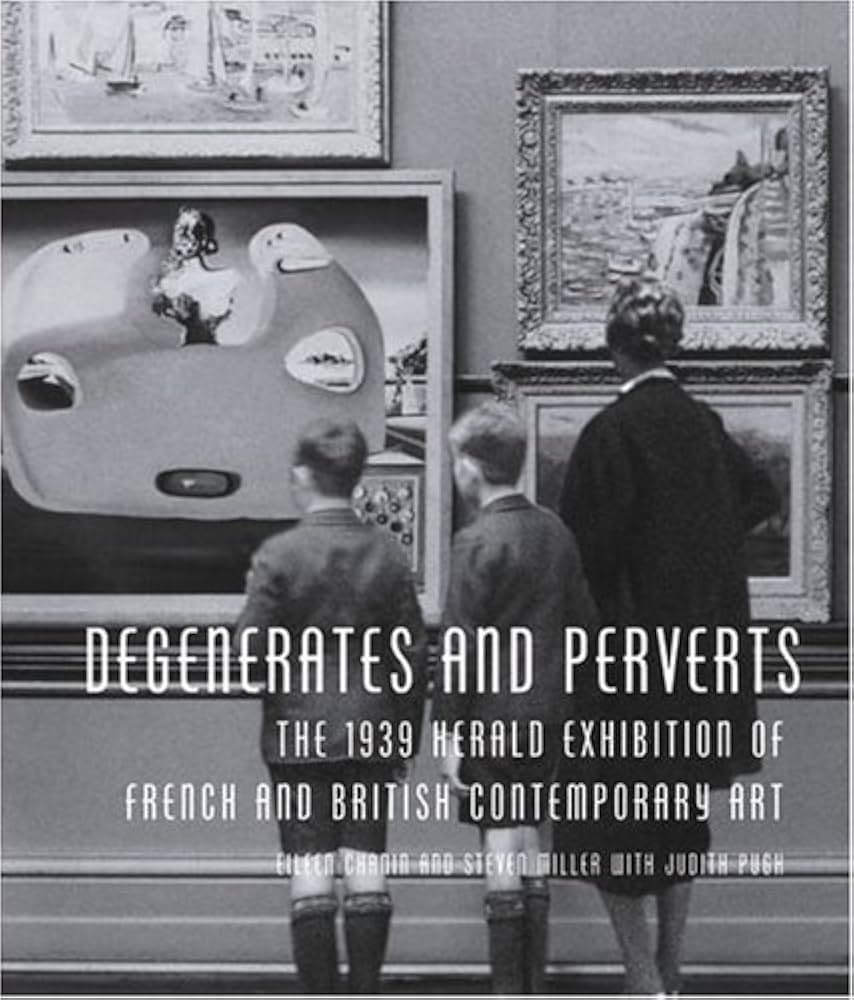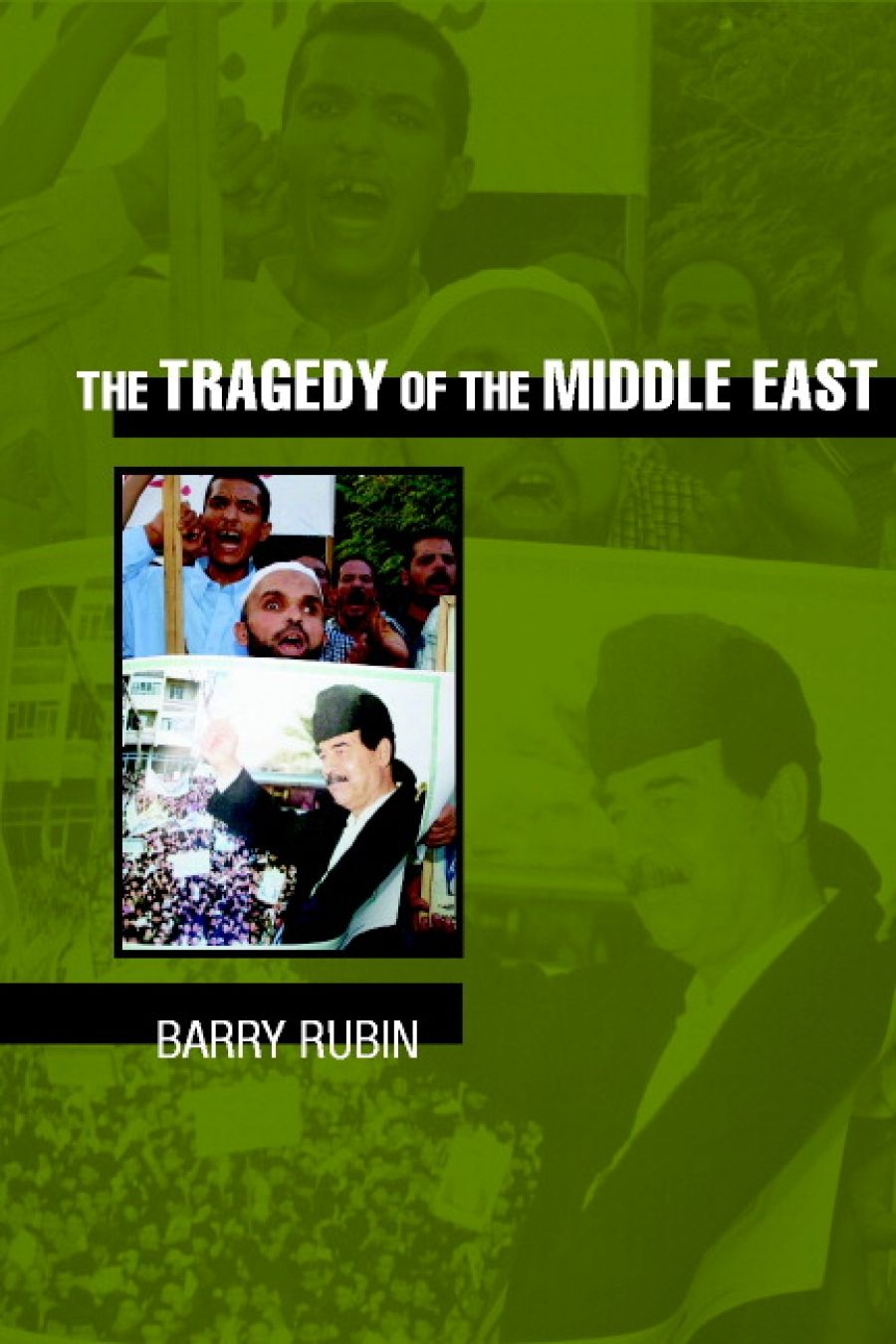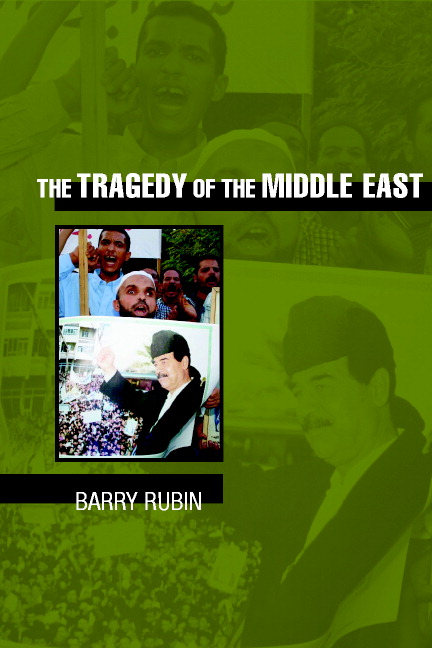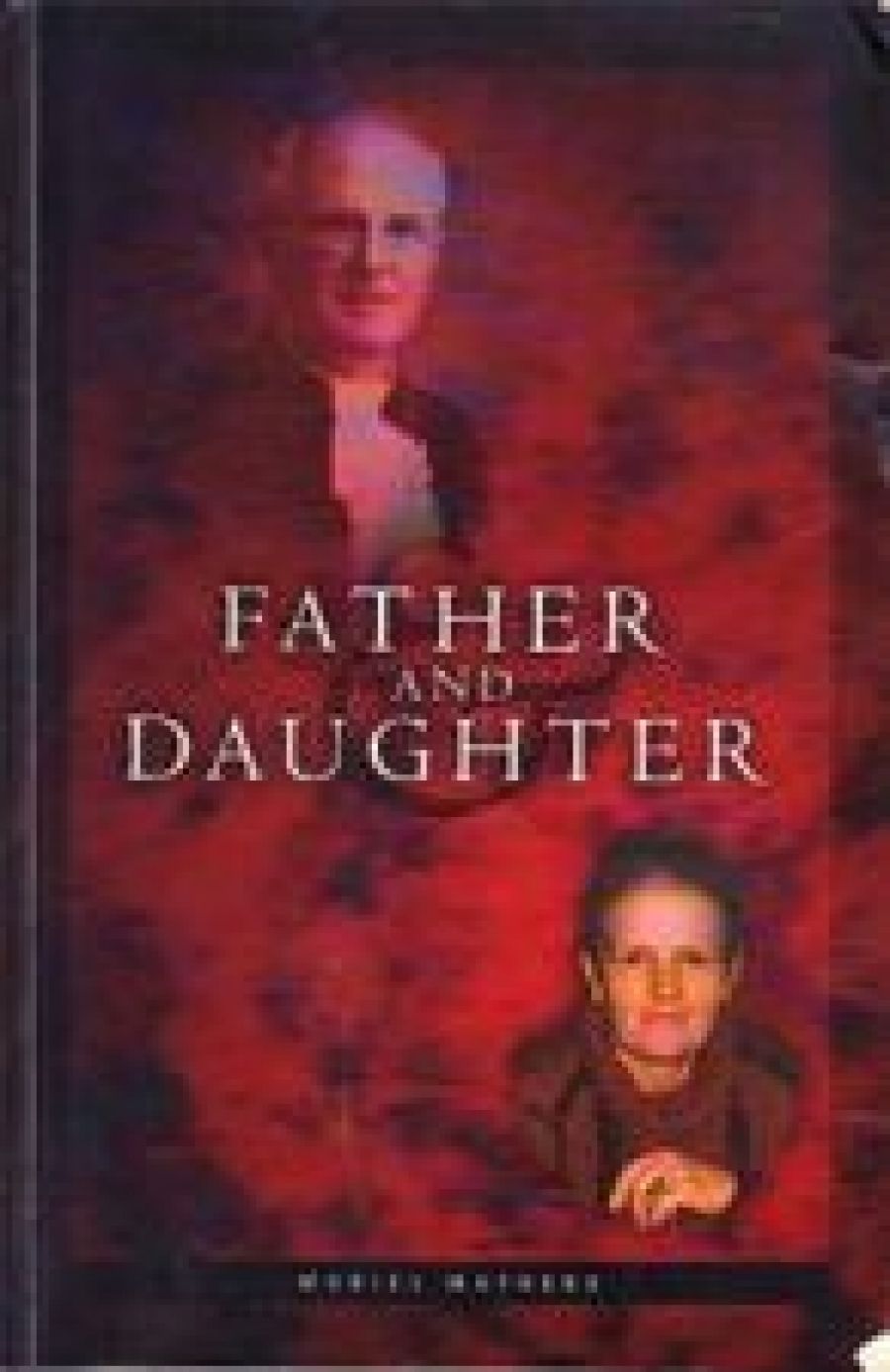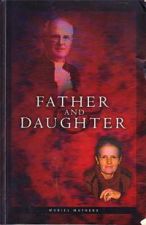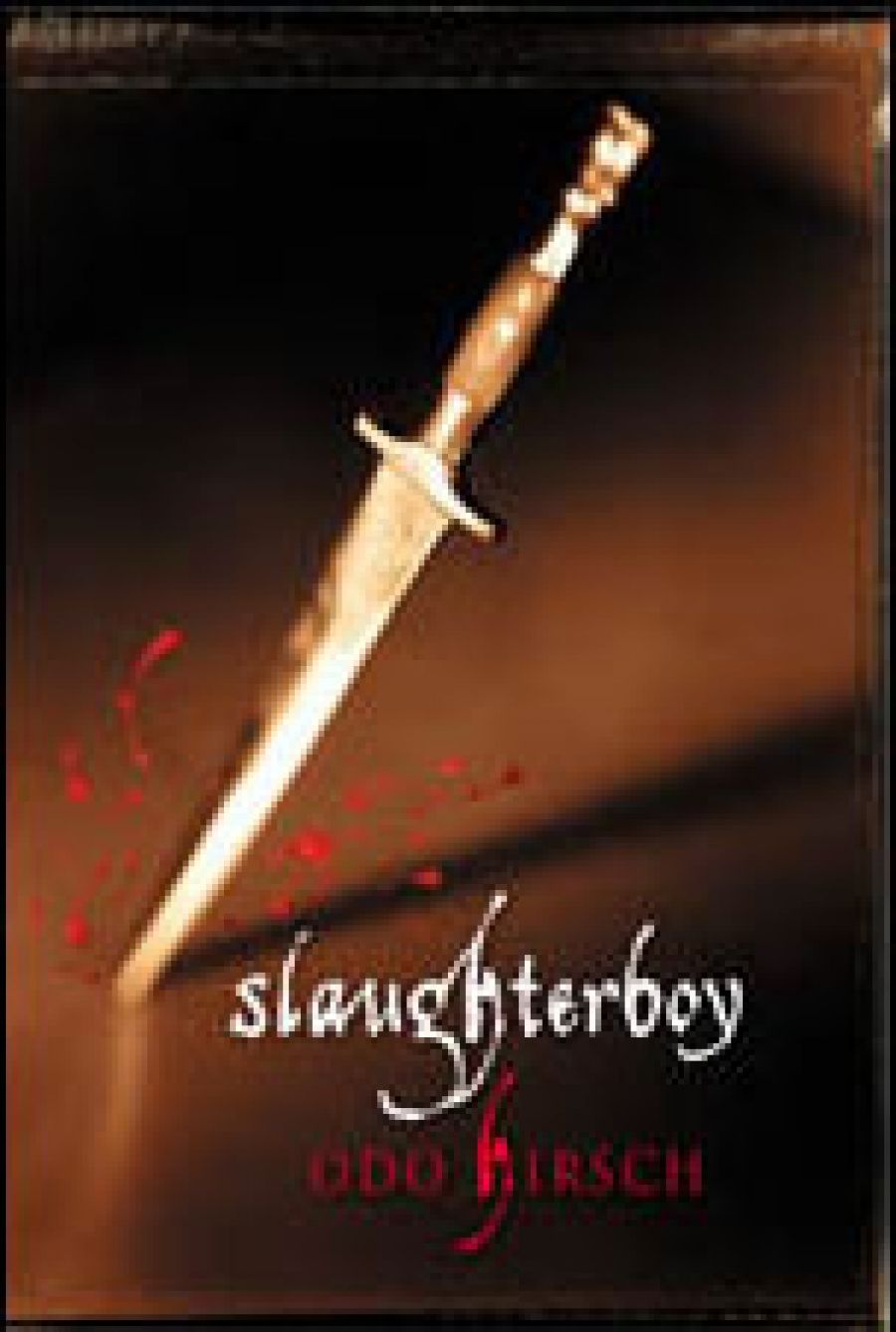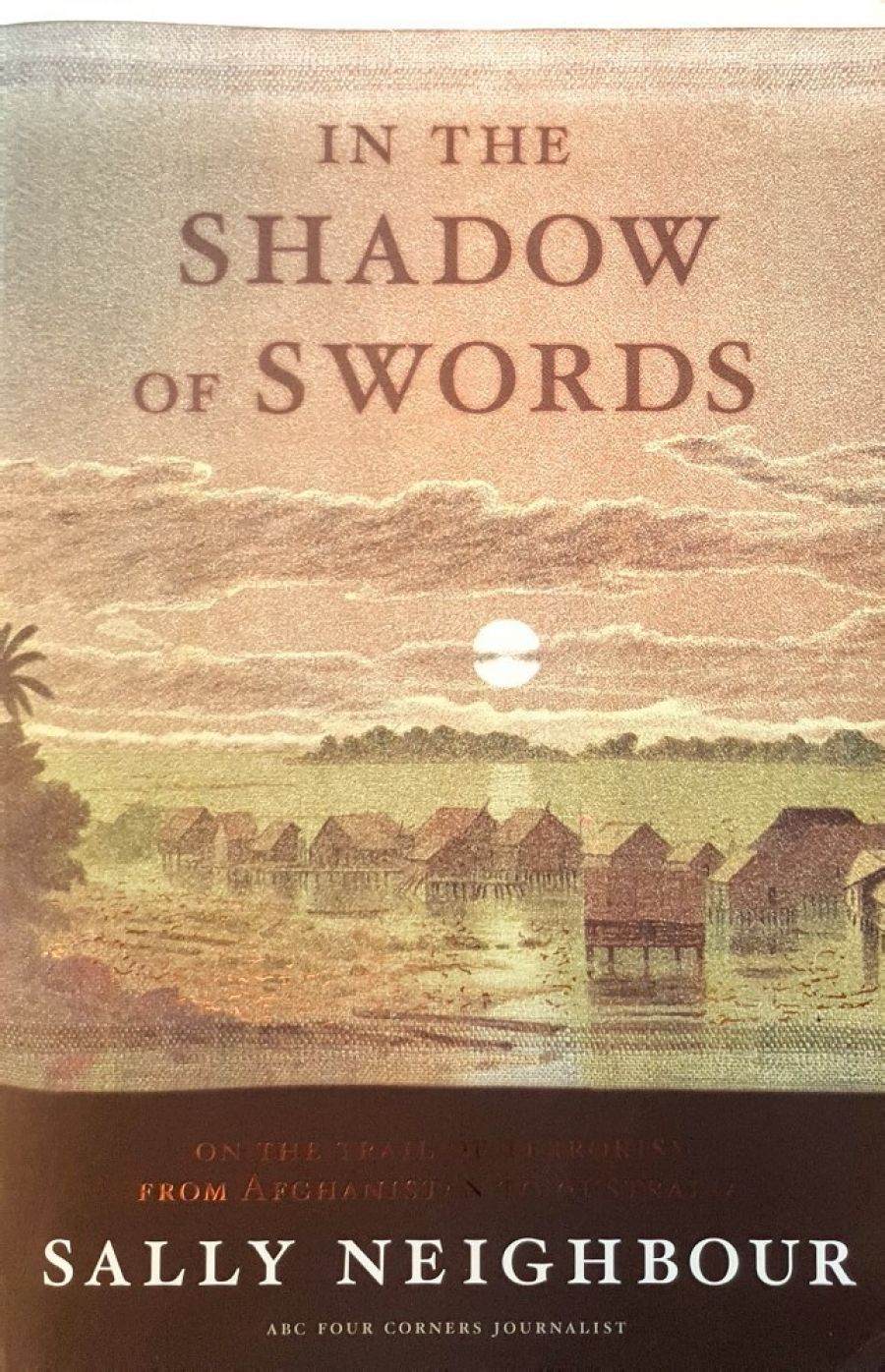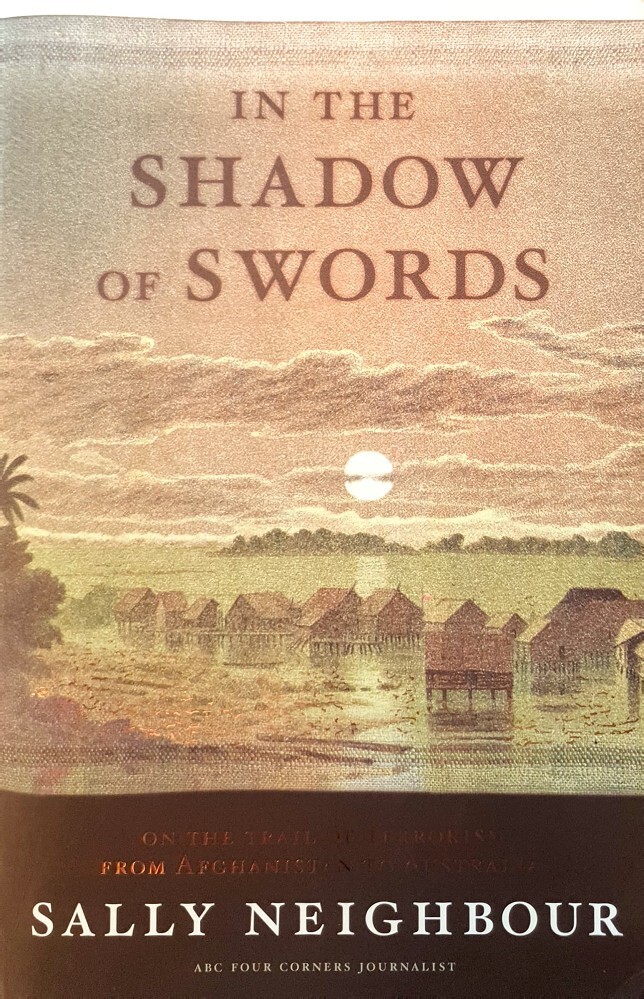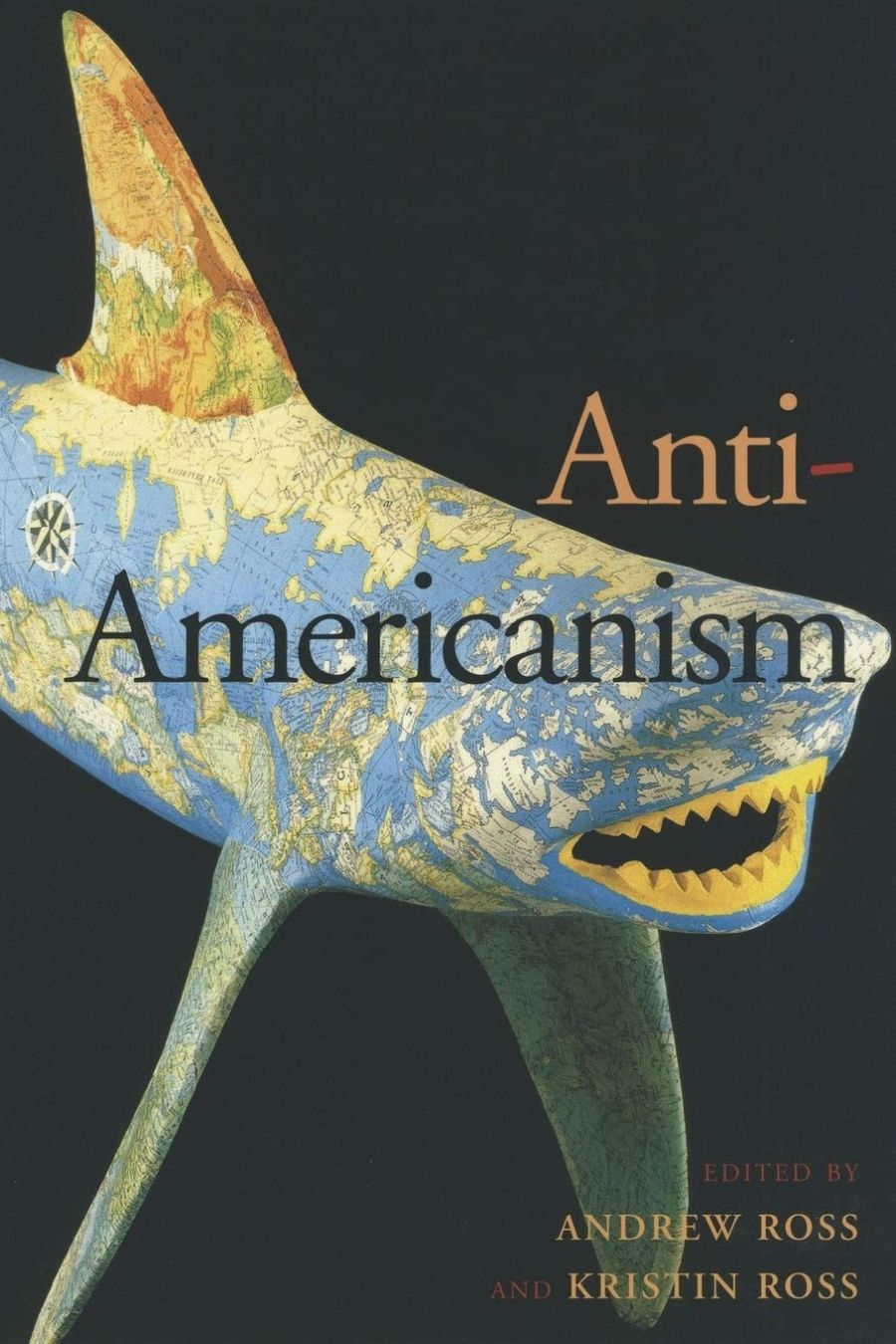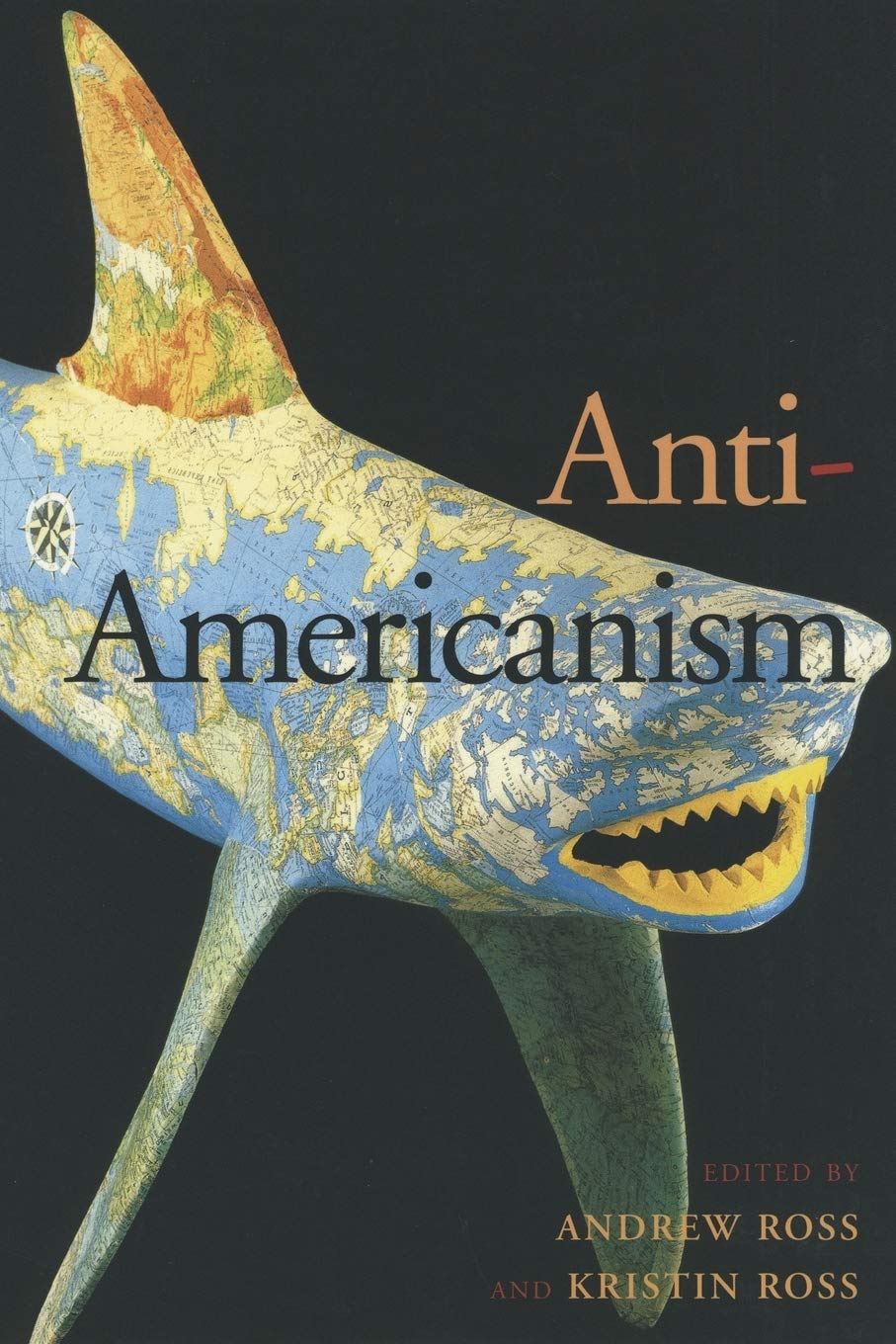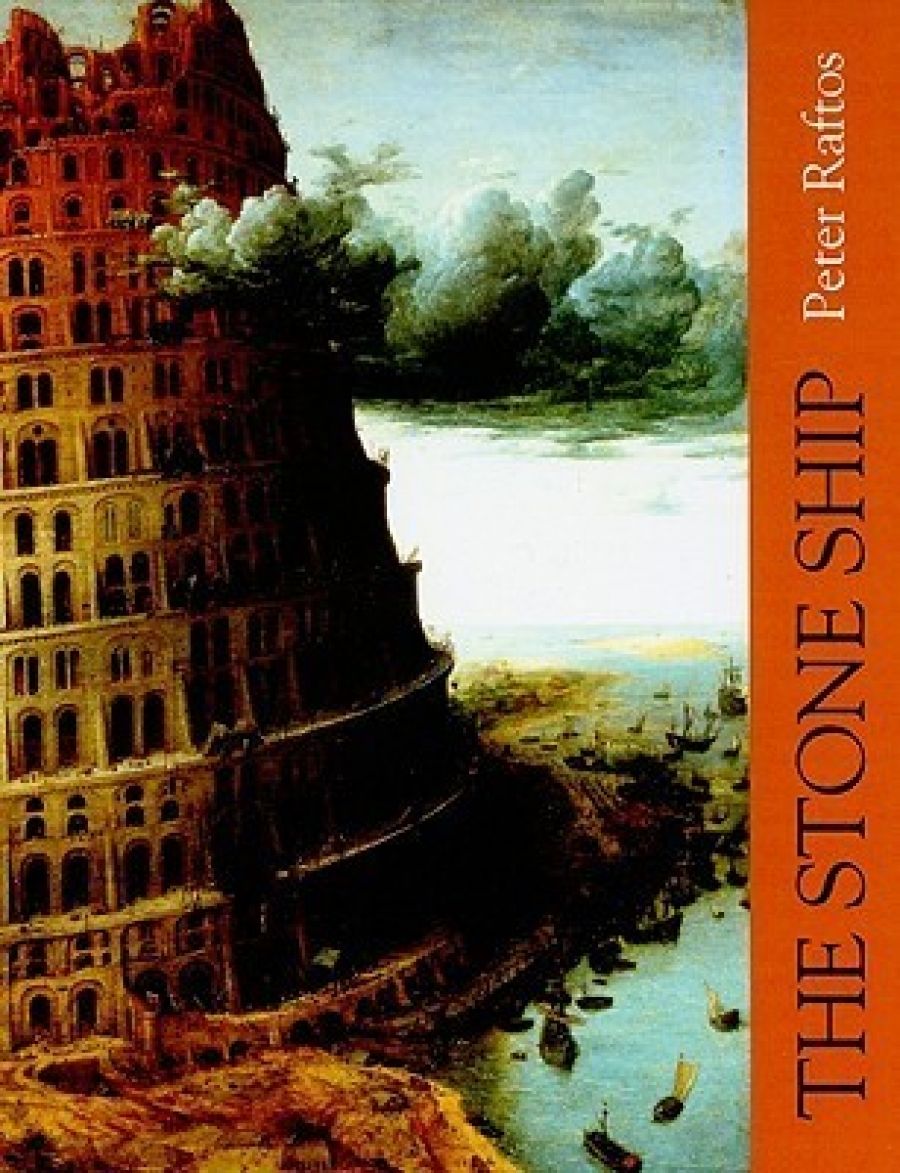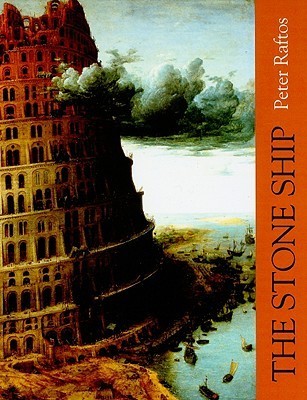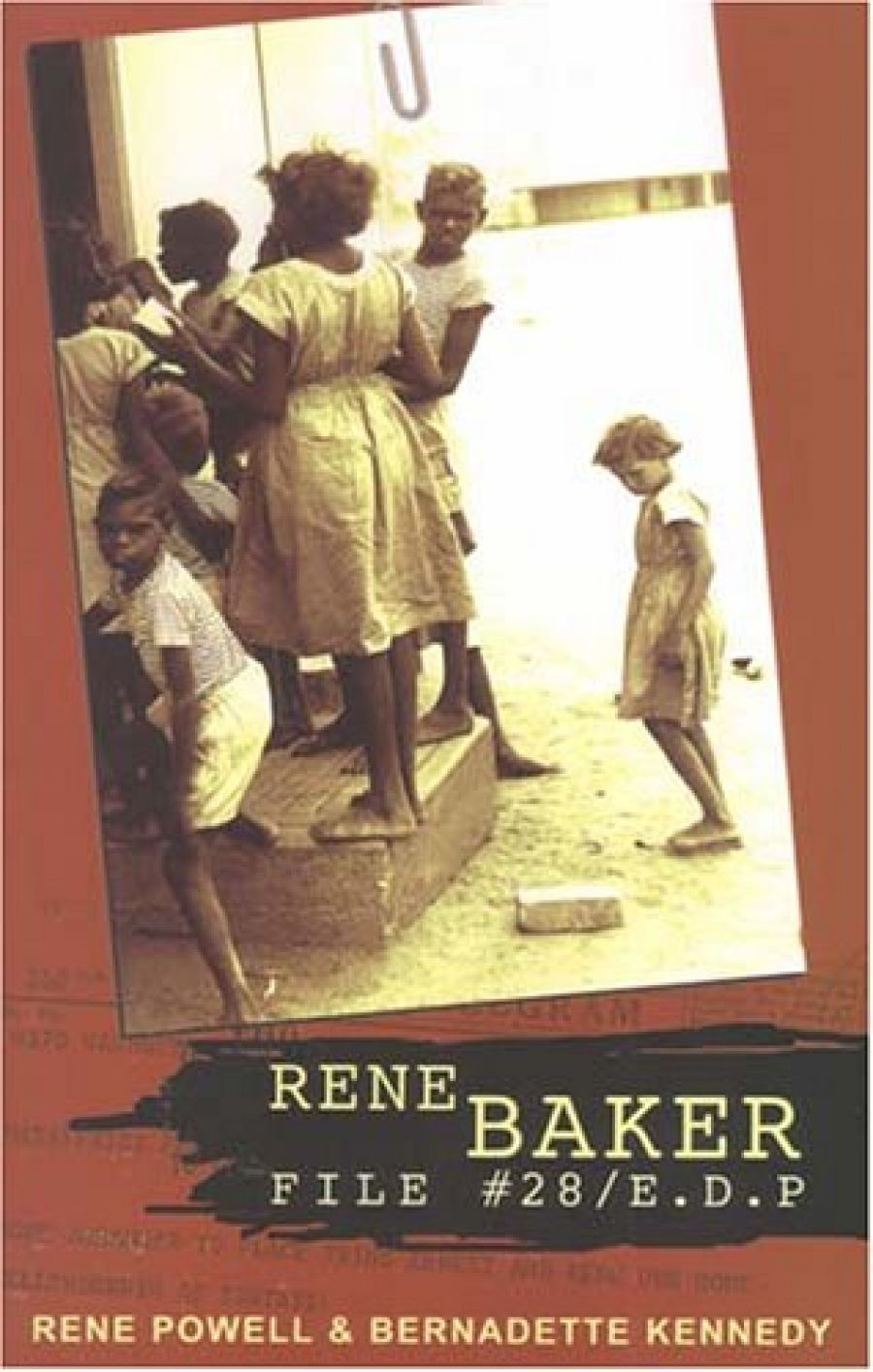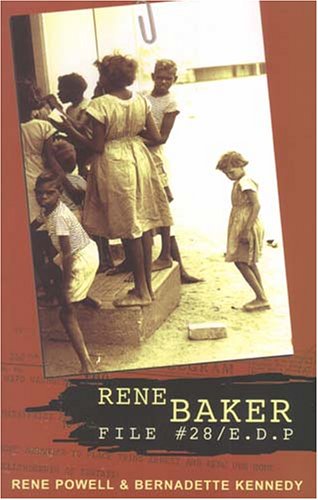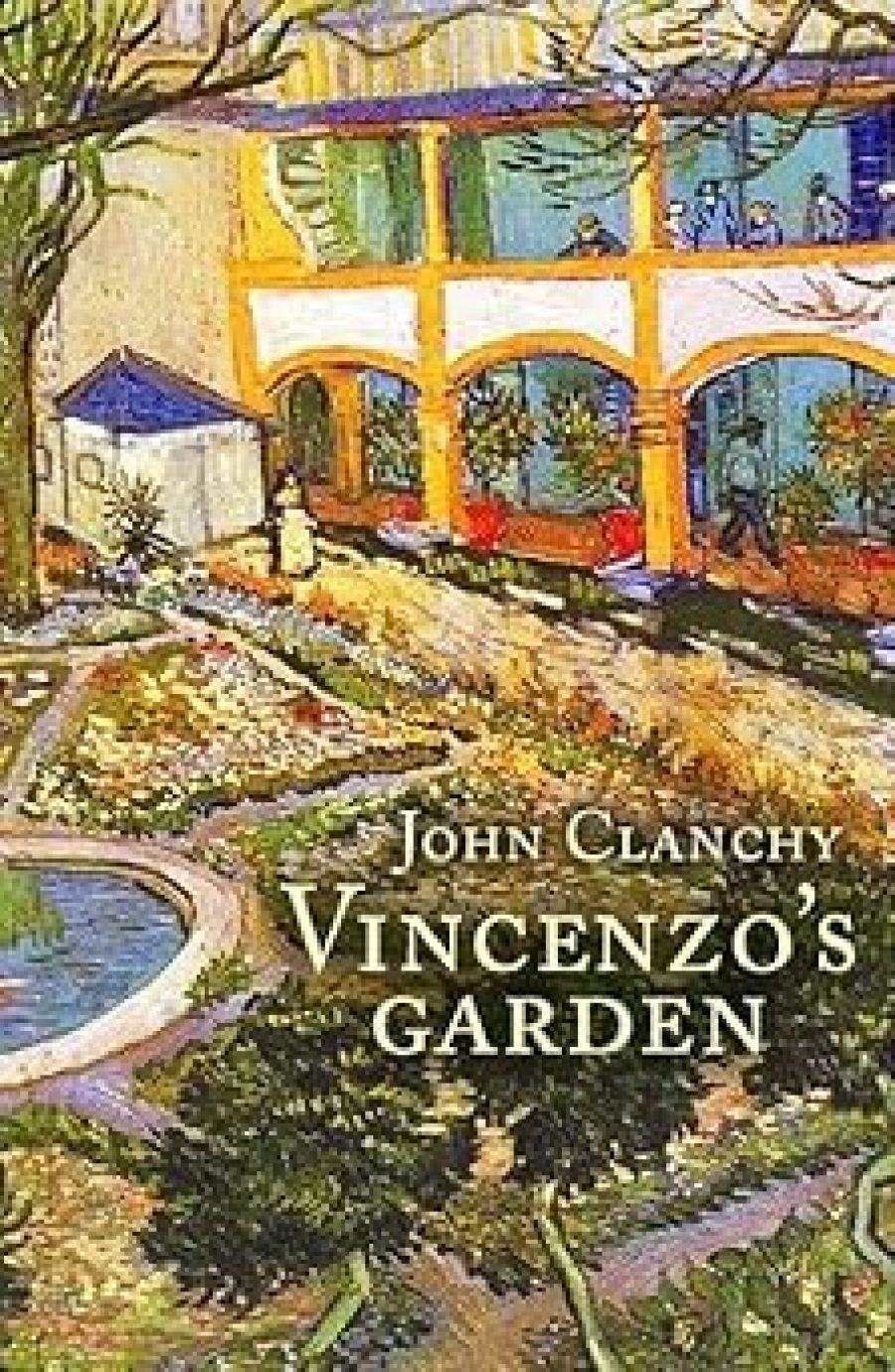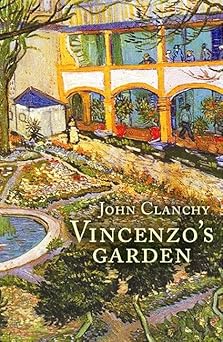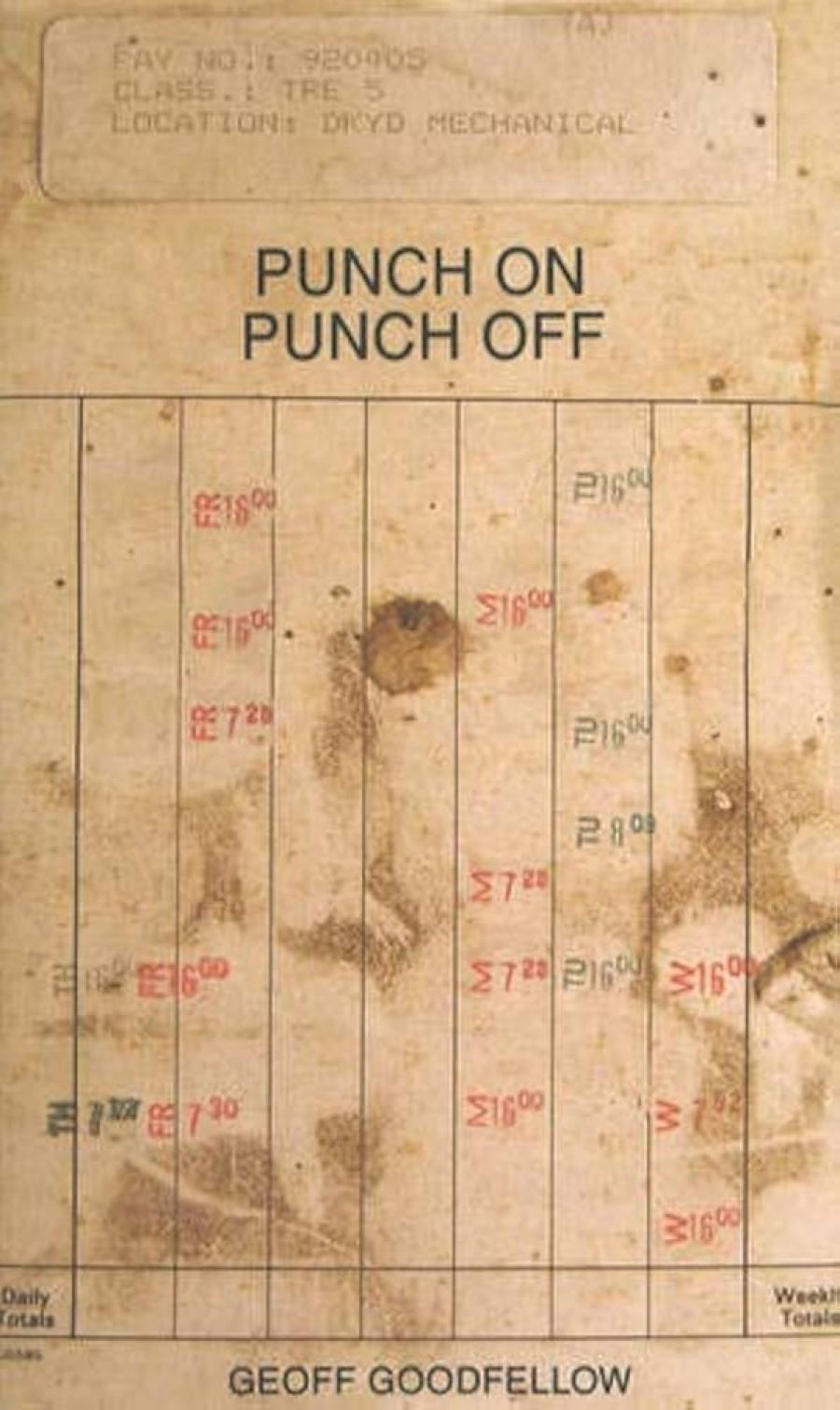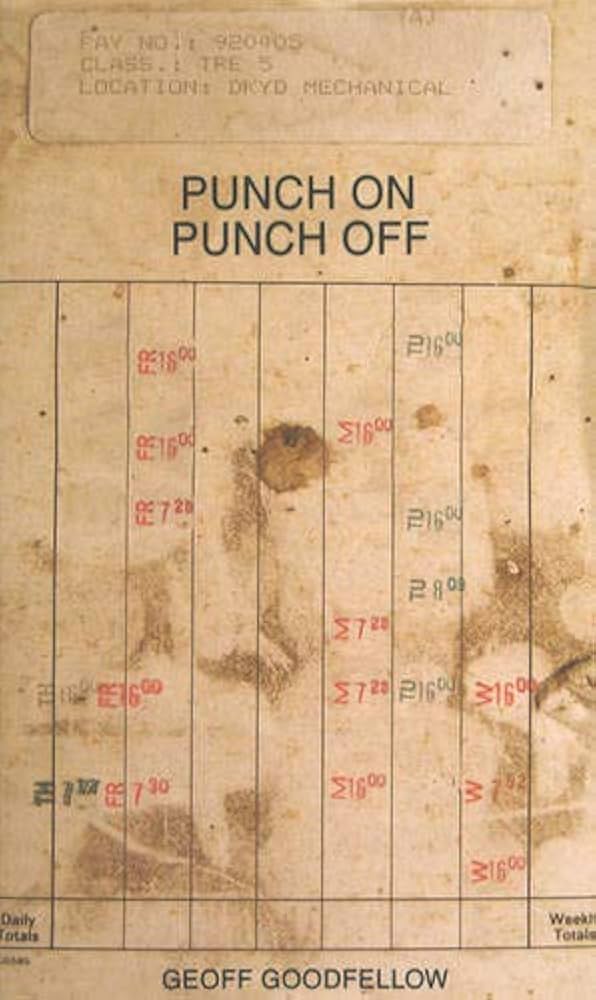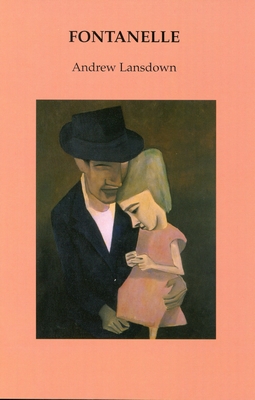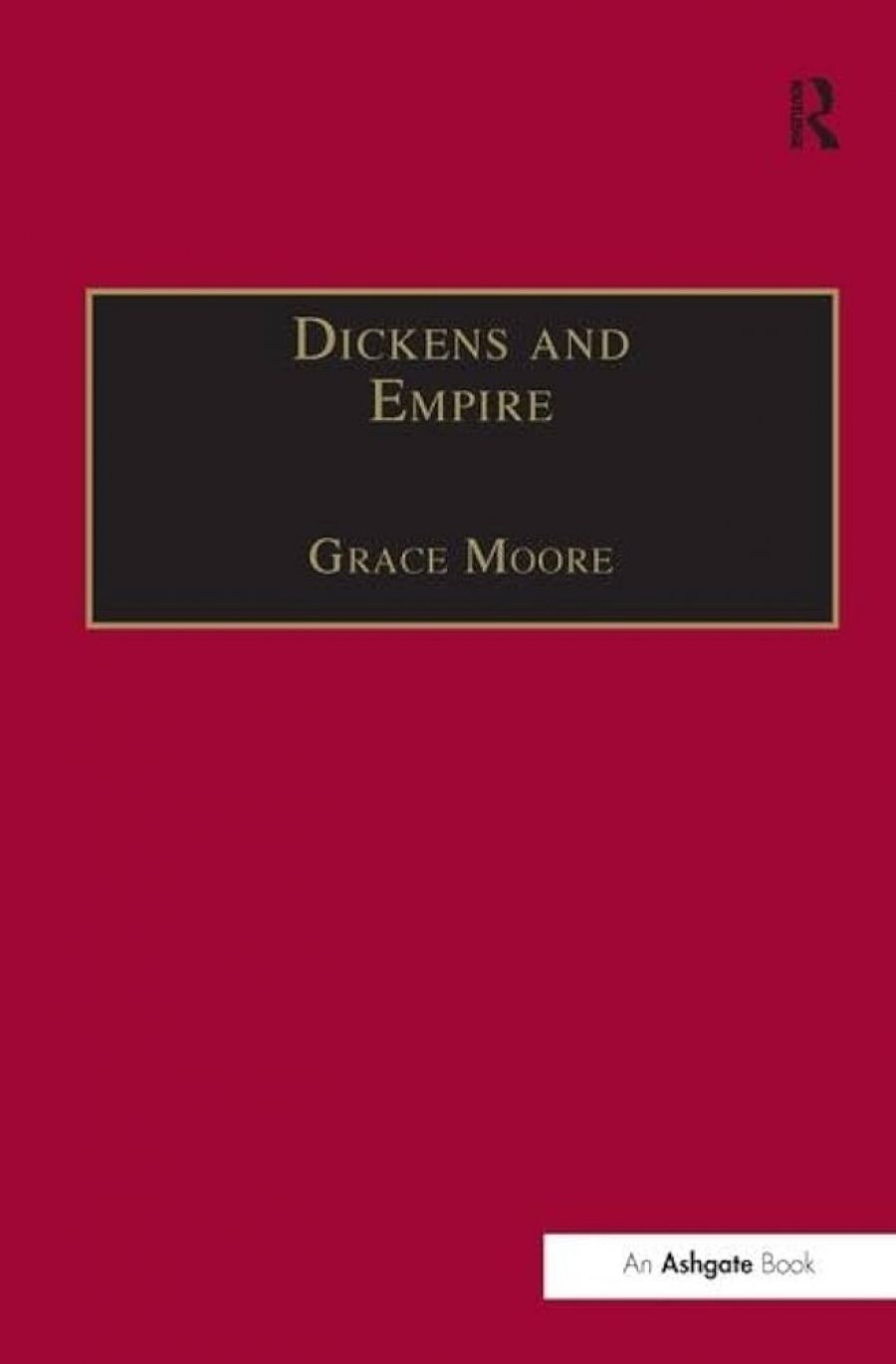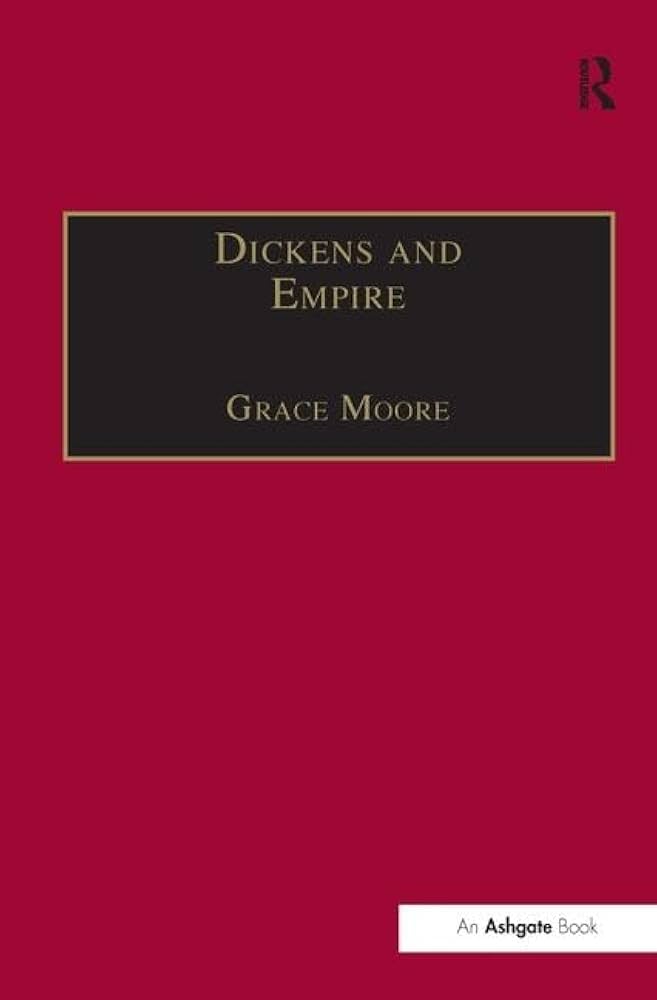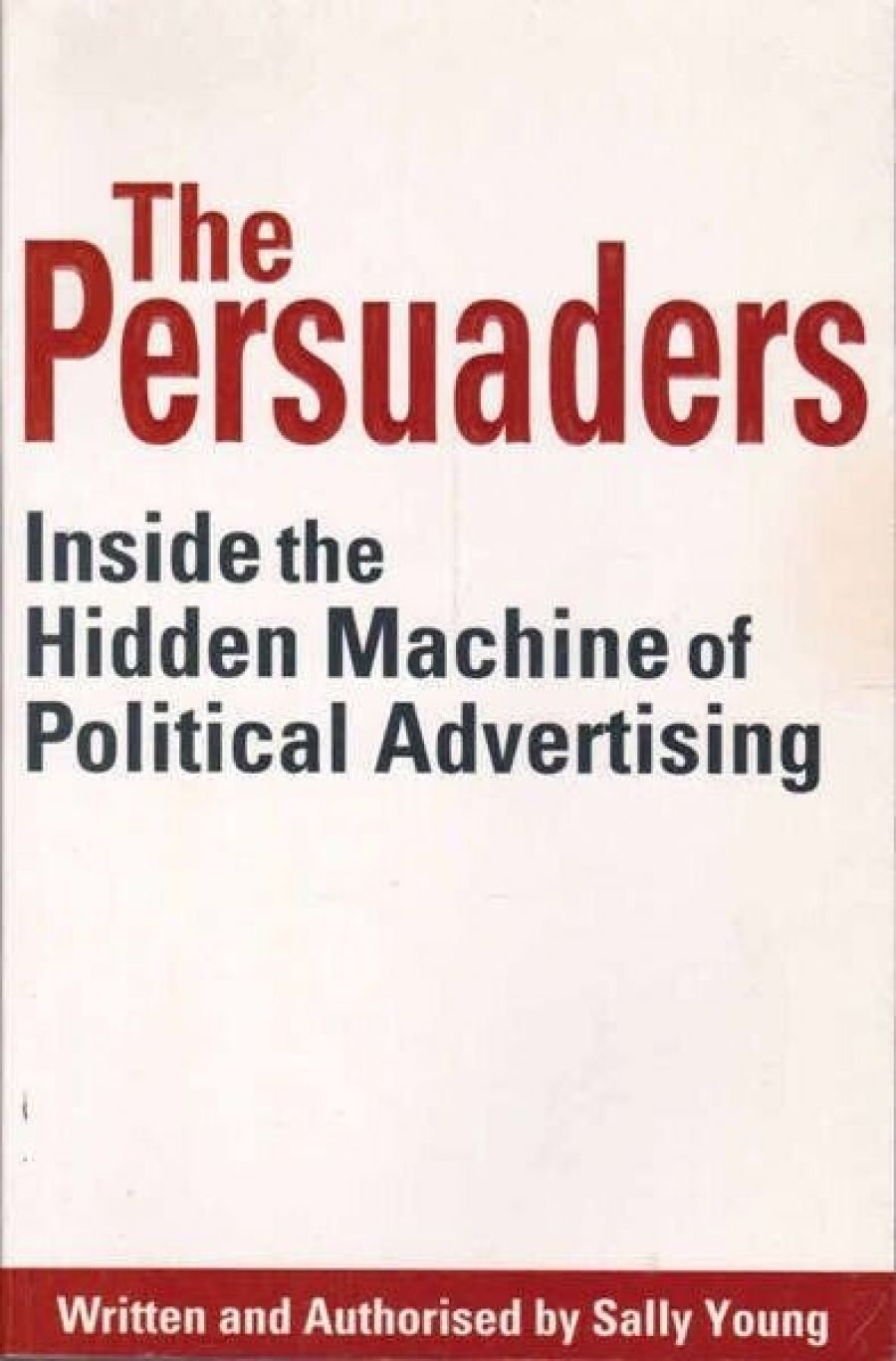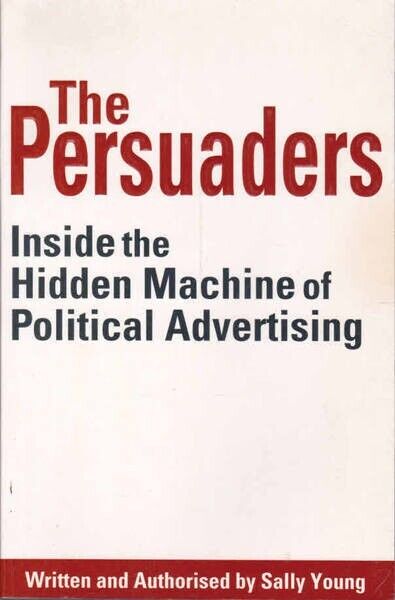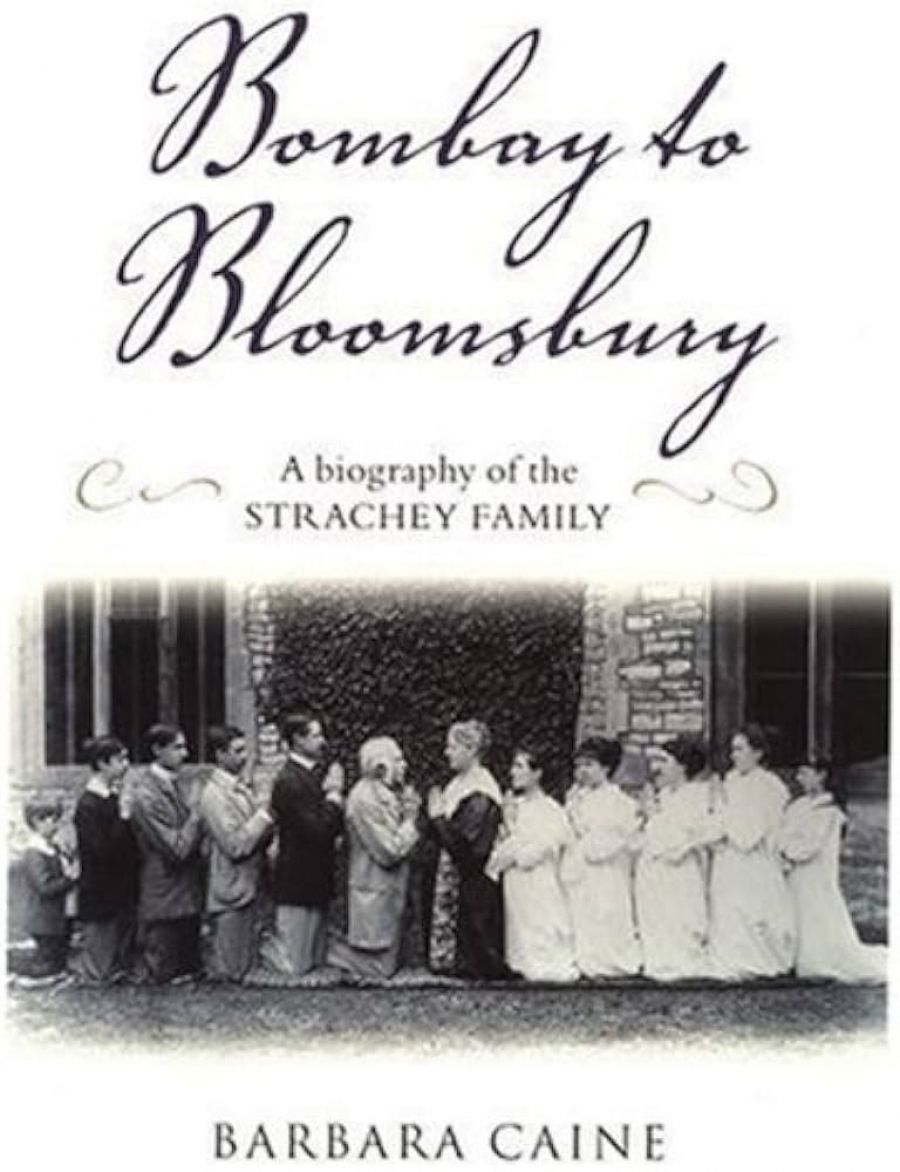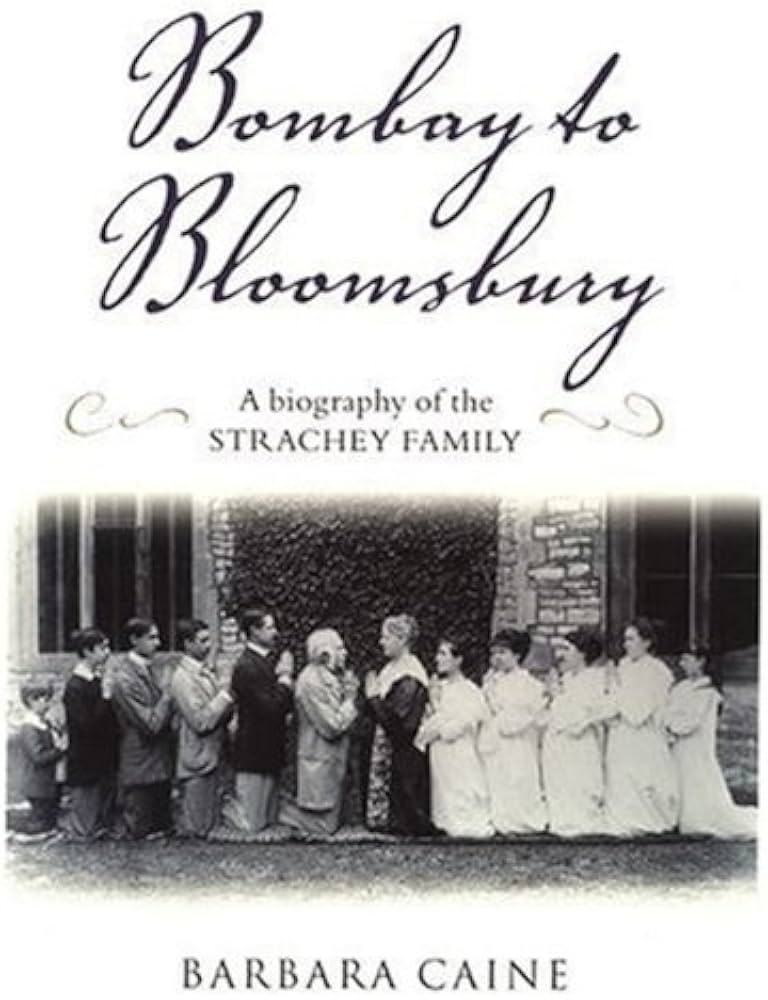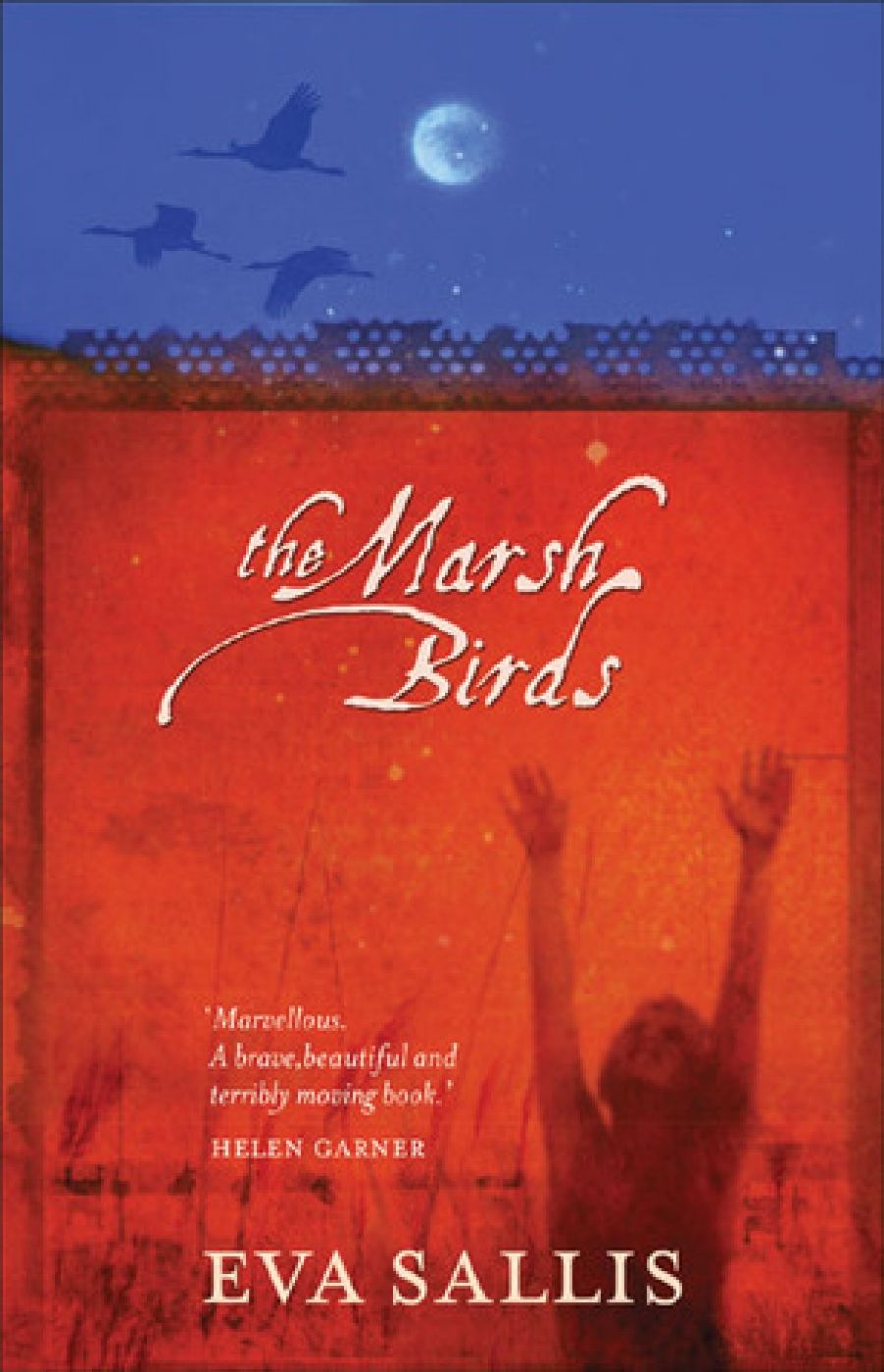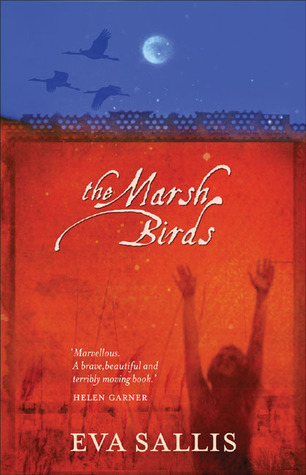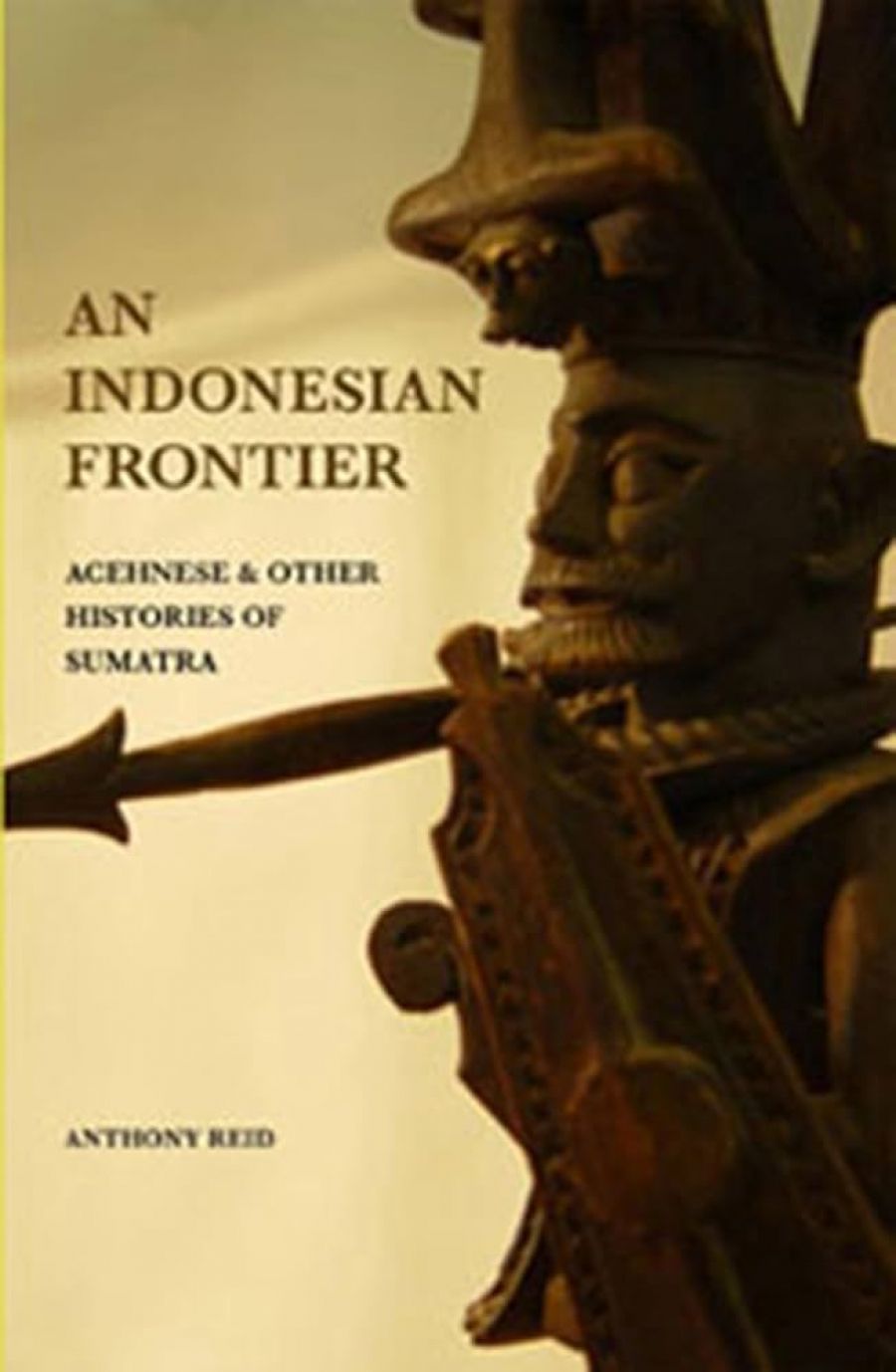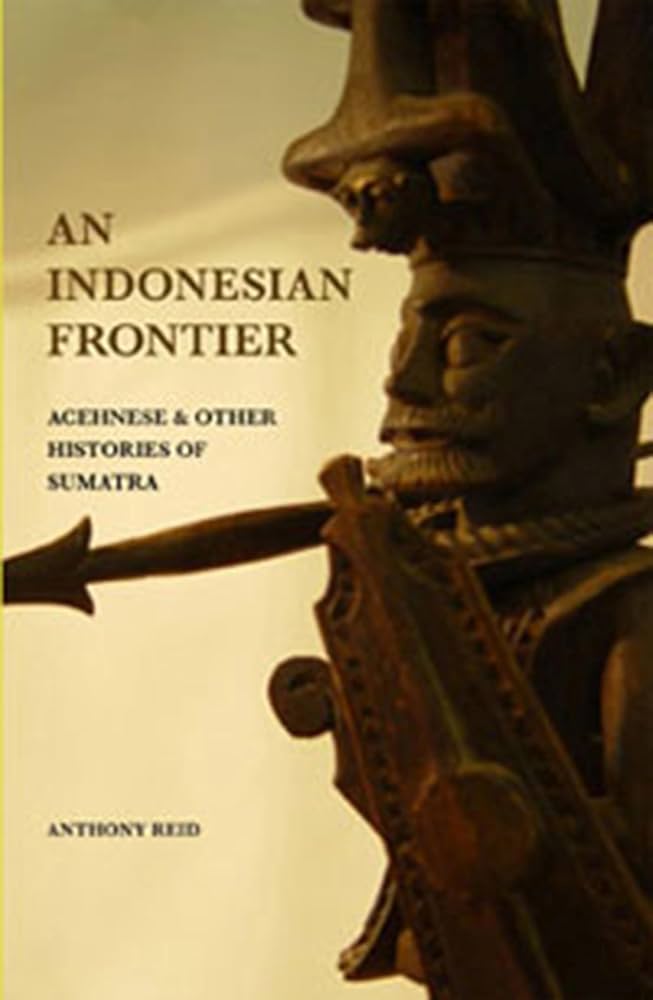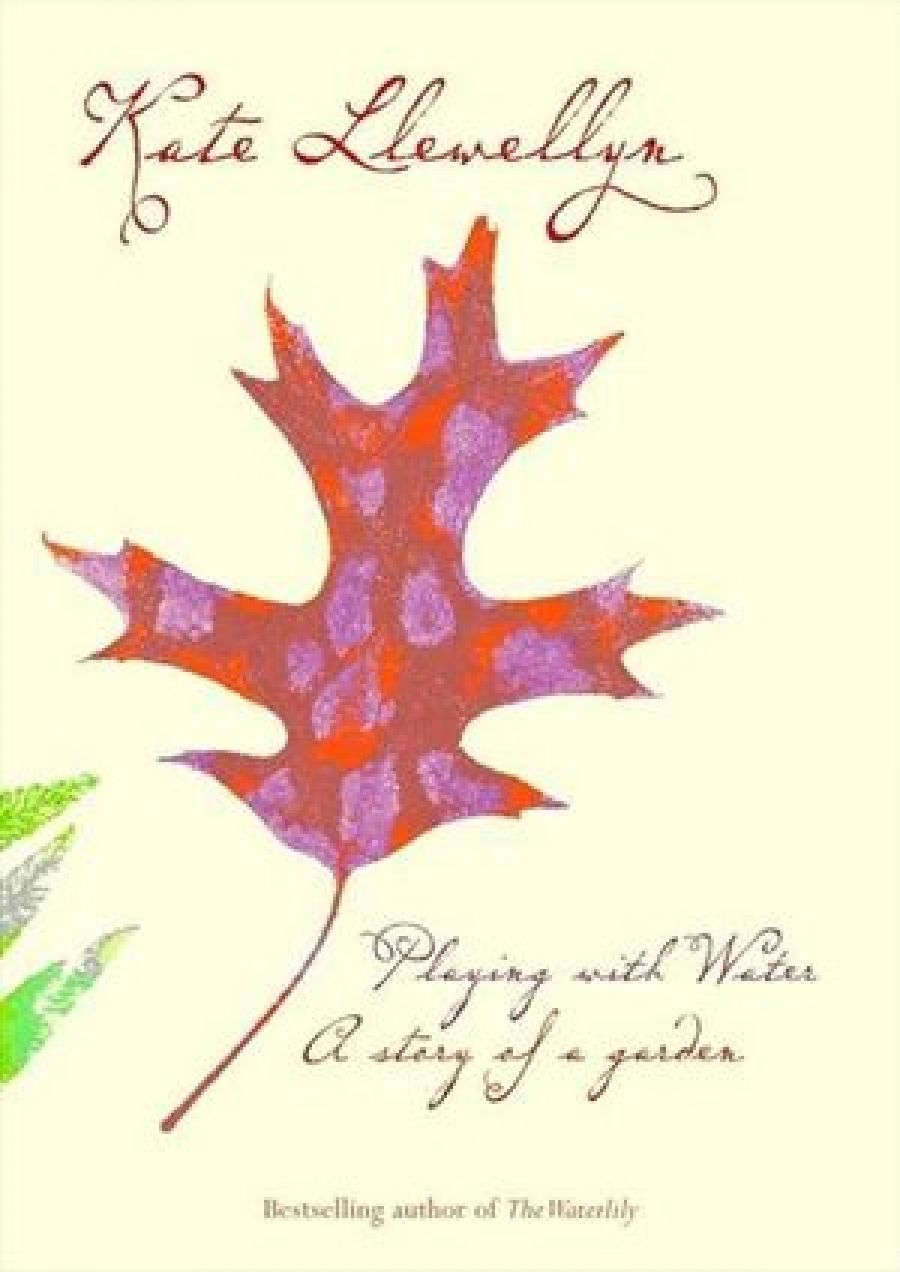
- Free Article: No
- Contents Category: Memoir
- Review Article: Yes
- Online Only: No
- Custom Highlight Text:
Kate Llewellyn has written sixteen books, which is quite an achievement. They include poetry, fiction and autobiography. One book, The Waterlily (1987), has sold 30,000 copies, a notable accomplishment for any author. The Waterlily was the first book in Llewellyn’s Blue Mountains trilogy; the second was called Dear You (1988). I read it years ago, having borrowed it from a library because I suspected the title might be an indication of the tone. It was not the epistolary format that gave me pause: I have relished many correspondences, ranging from the passionate exchanges of Julie and St Preux in Rousseau’s Julie ou la Nouvelle Héloïse (1761) to Robert Dessaix’s grapplings with life-threatening illness in his acclaimed Night Letters (1996). But for my taste, the series of missives beginning ‘Dear You’ betrayed an irritating archness. The author seemed to be caught between the heady excitement of Revealing All and a coy fear of saying Too Much.
- Book 1 Title: Playing with Water
- Book 1 Biblio: Fourth Estate, $29.95 pb, 424 pp, 0 7322 8131 8
Kate Llewellyn has written sixteen books, which is quite an achievement. They include poetry, fiction and autobiography. One book, The Waterlily (1987), has sold 30,000 copies, a notable accomplishment for any author. The Waterlily was the first book in Llewellyn’s Blue Mountains trilogy; the second was called Dear You (1988). I read it years ago, having borrowed it from a library because I suspected the title might be an indication of the tone. It was not the epistolary format that gave me pause: I have relished many correspondences, ranging from the passionate exchanges of Julie and St Preux in Rousseau’s Julie ou la Nouvelle Héloïse (1761) to Robert Dessaix’s grapplings with life-threatening illness in his acclaimed Night Letters (1996). But for my taste, the series of missives beginning ‘Dear You’ betrayed an irritating archness. The author seemed to be caught between the heady excitement of Revealing All and a coy fear of saying Too Much.
Read more: Judy Armstrong reviews 'Playing with Water' by Kate Llewellyn
Write comment (0 Comments)


